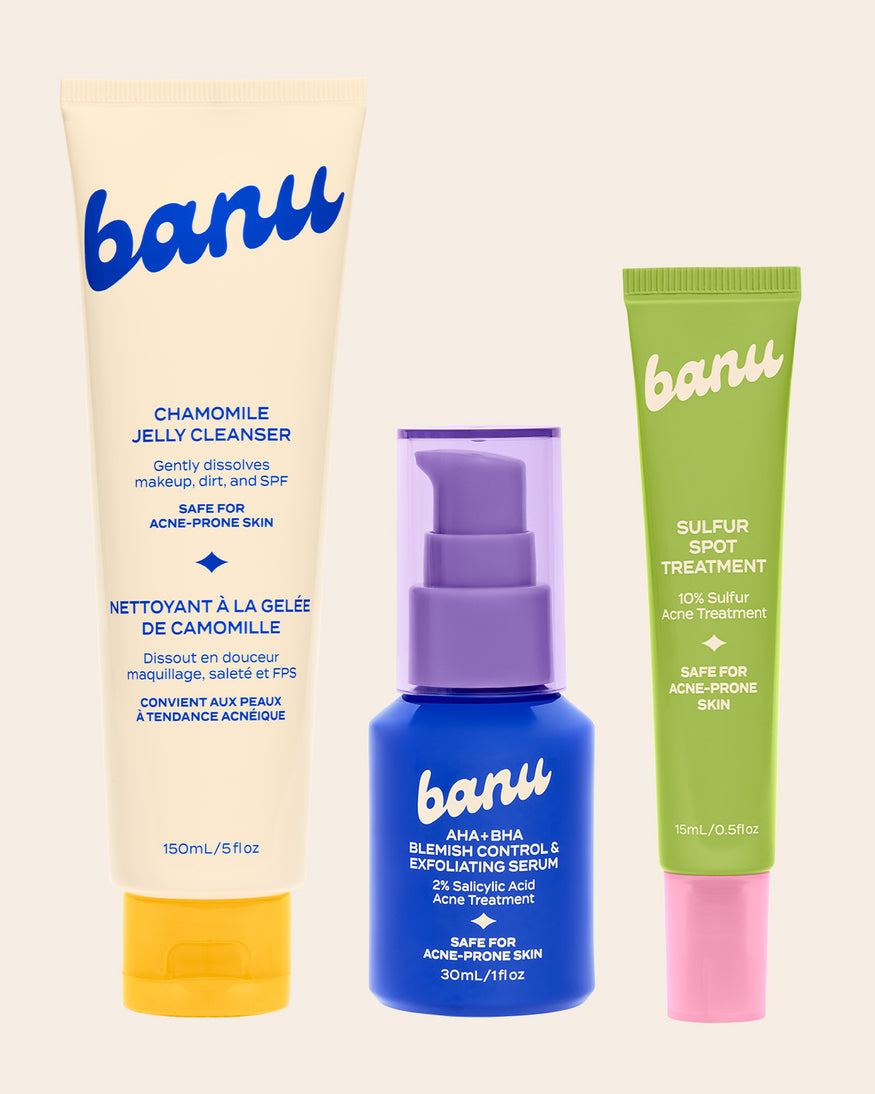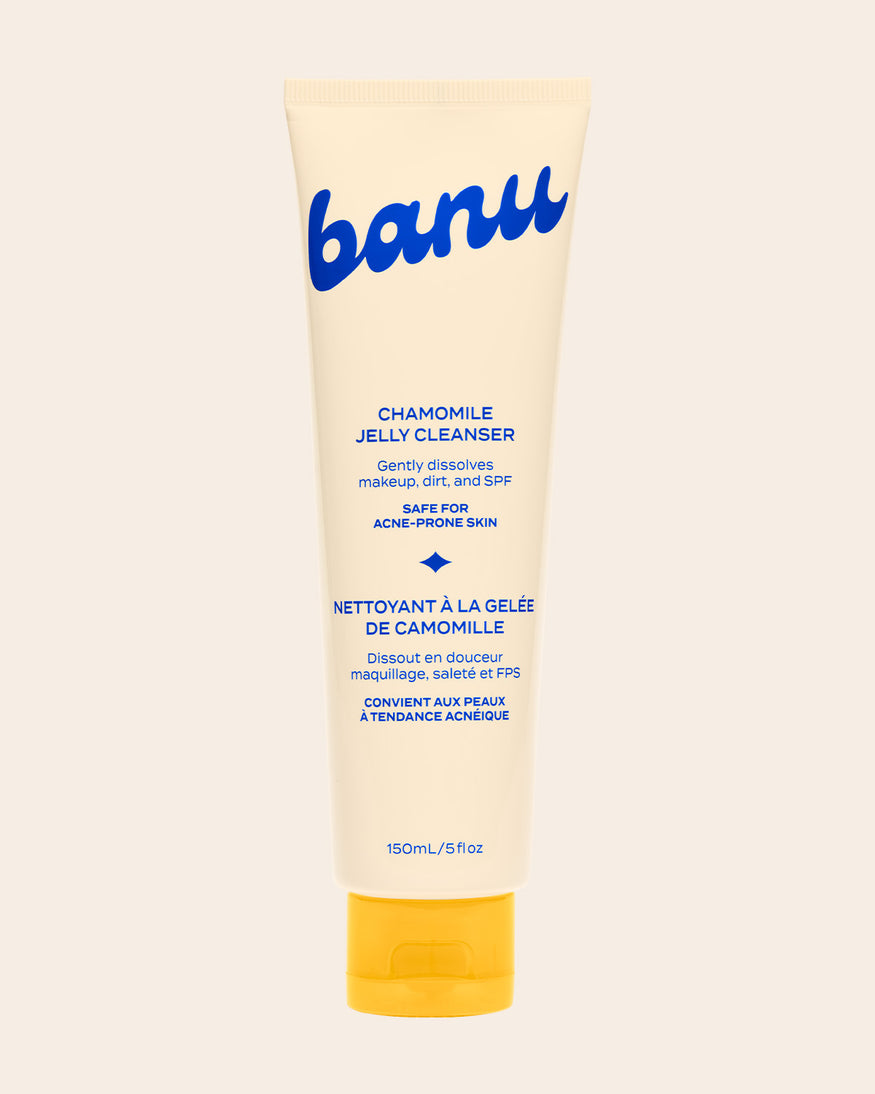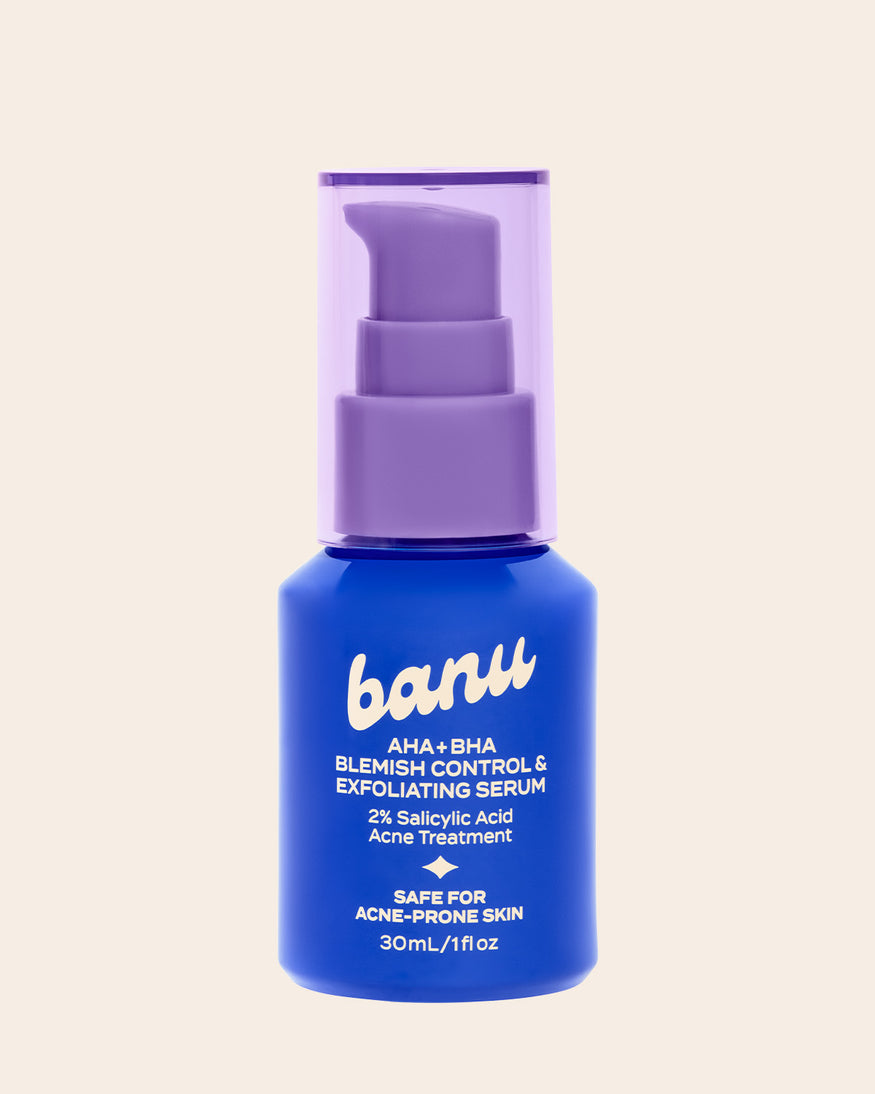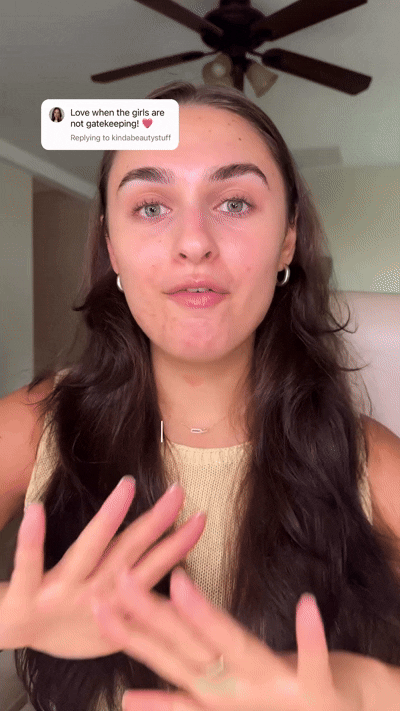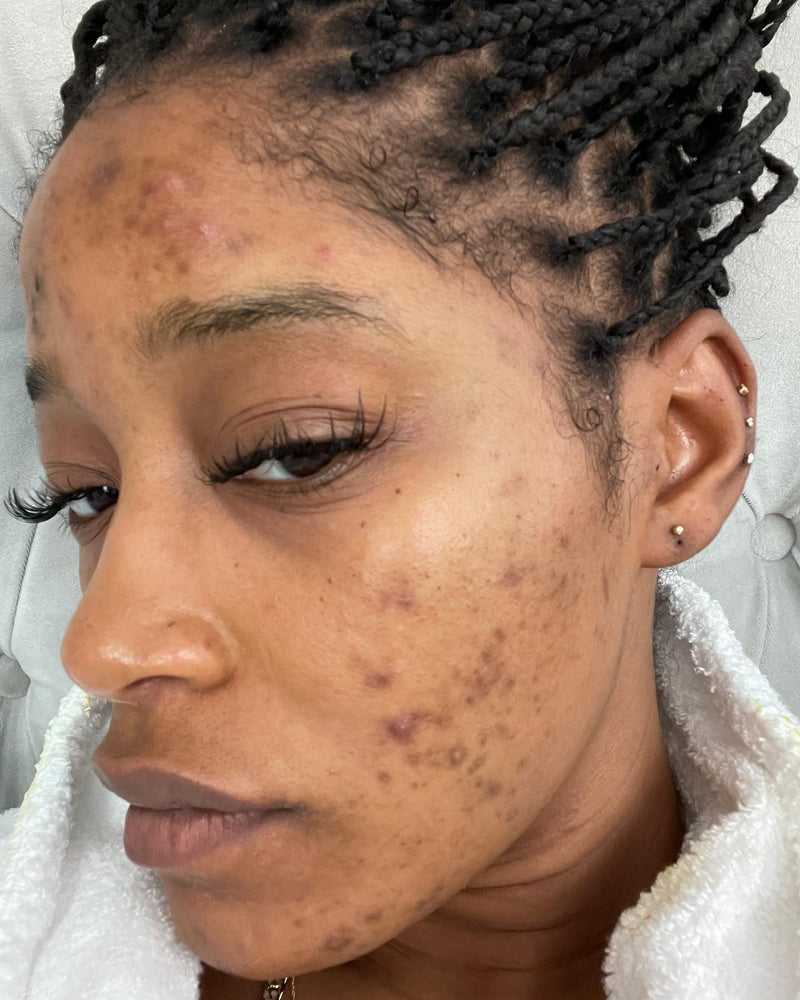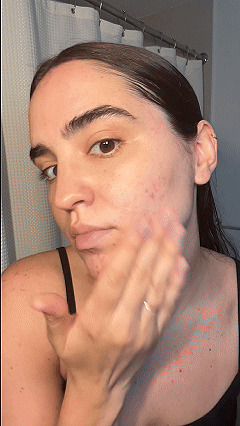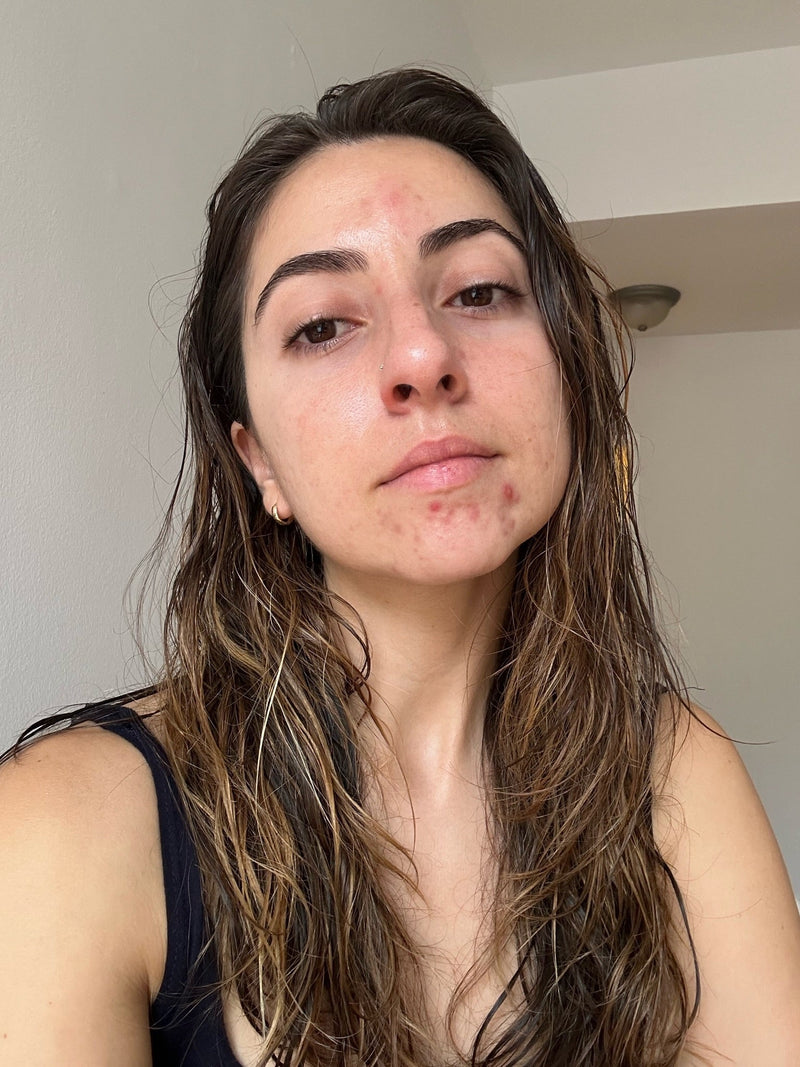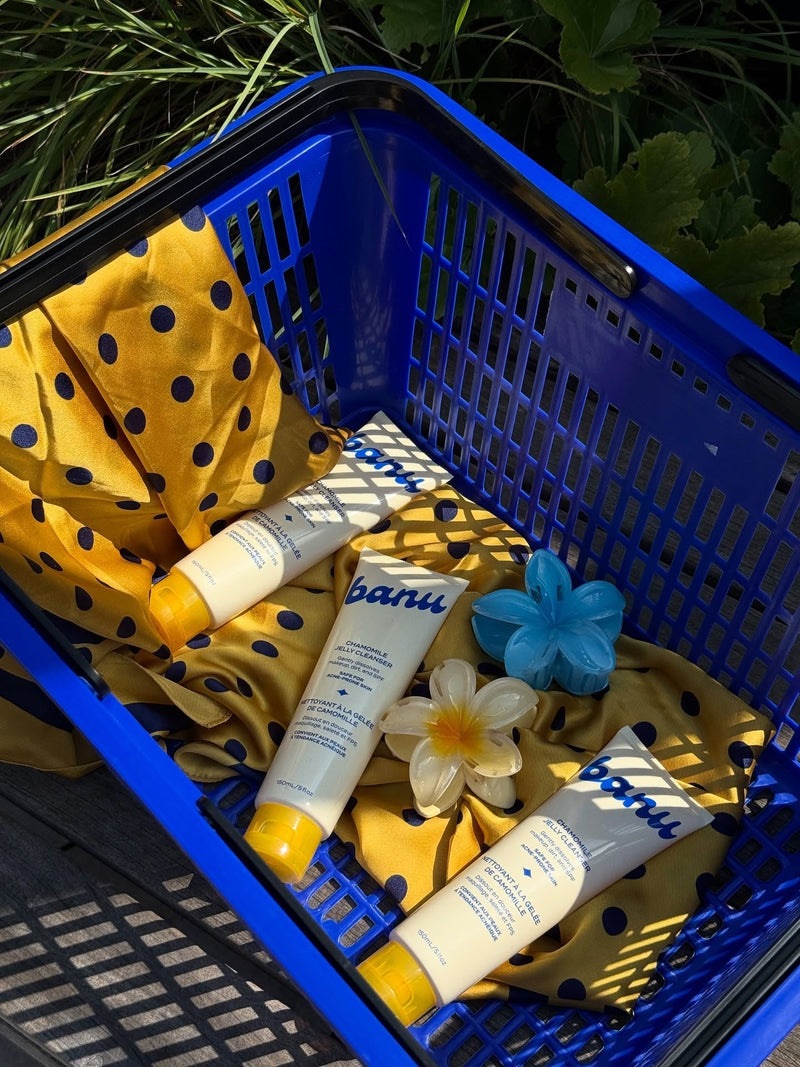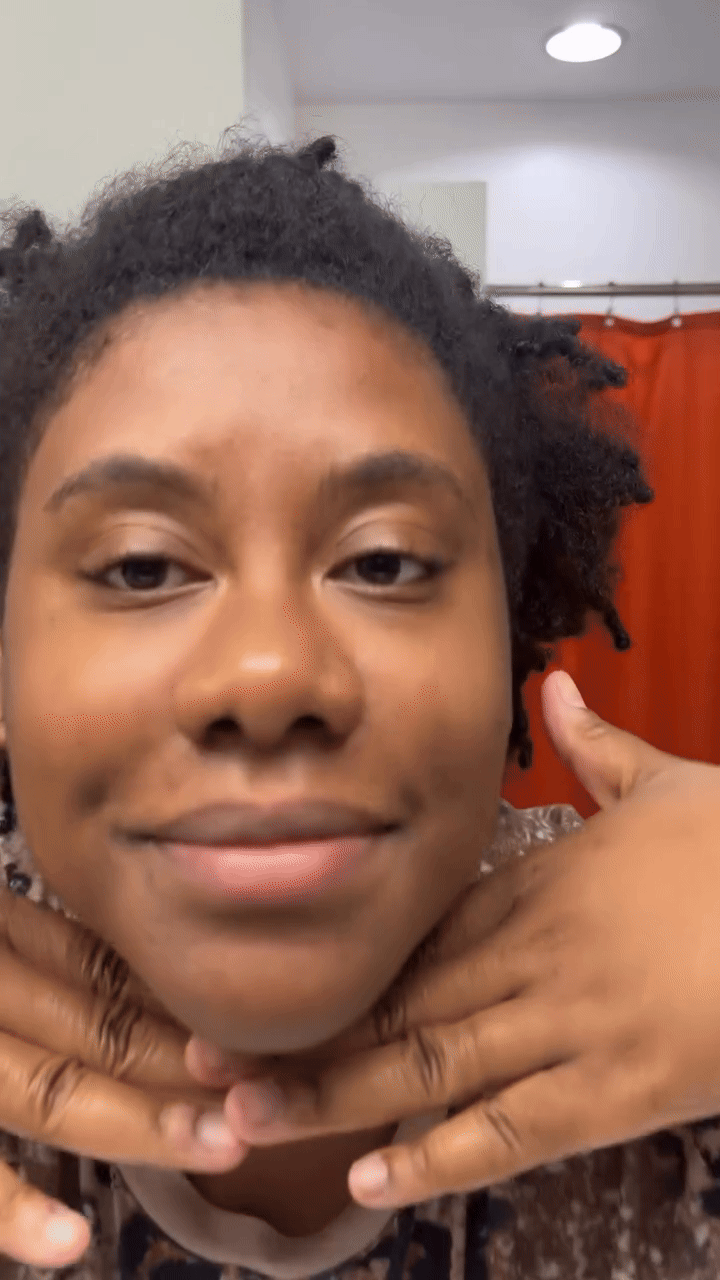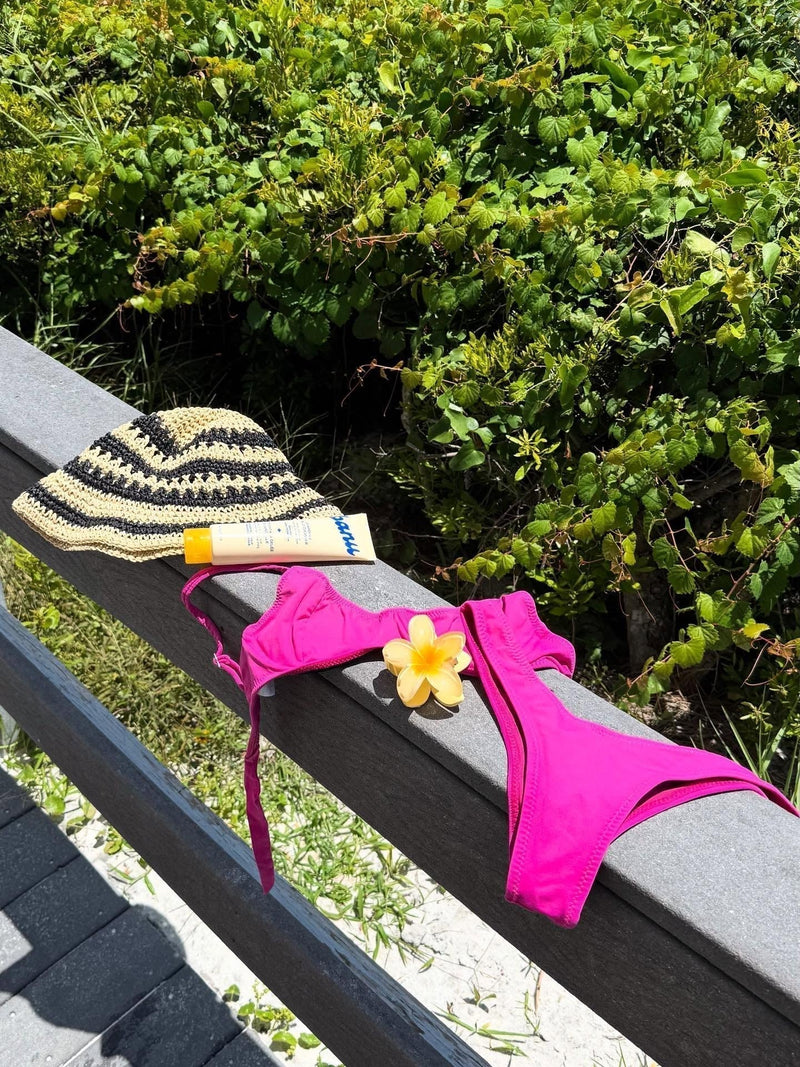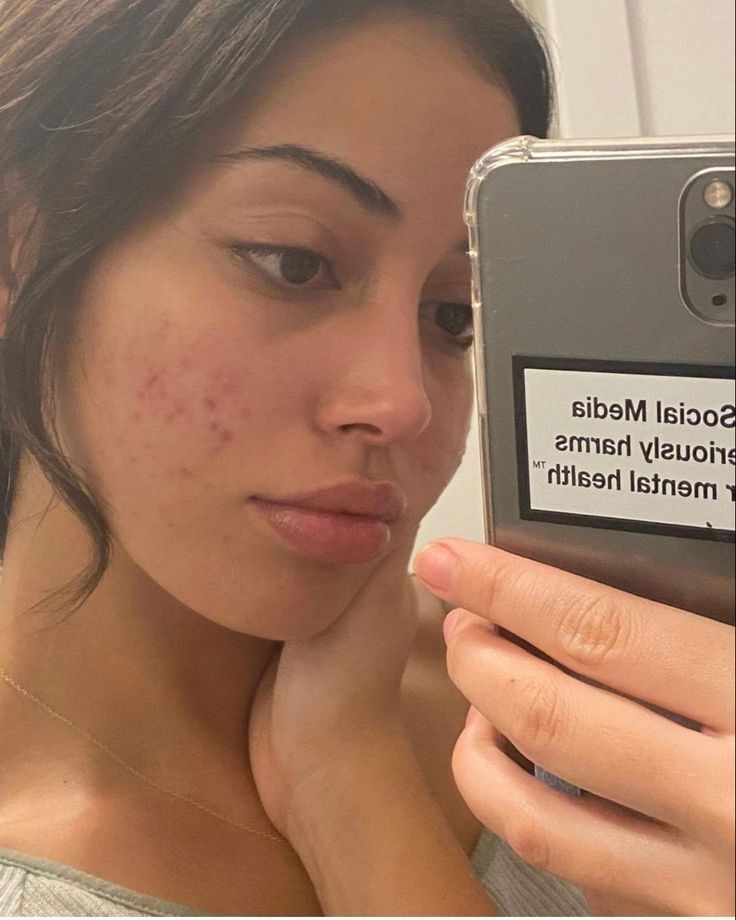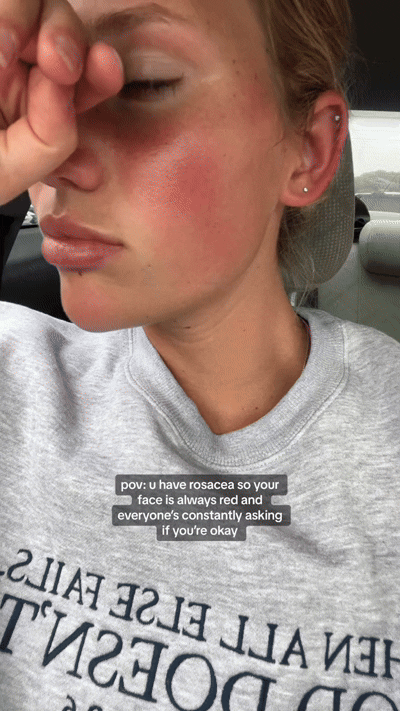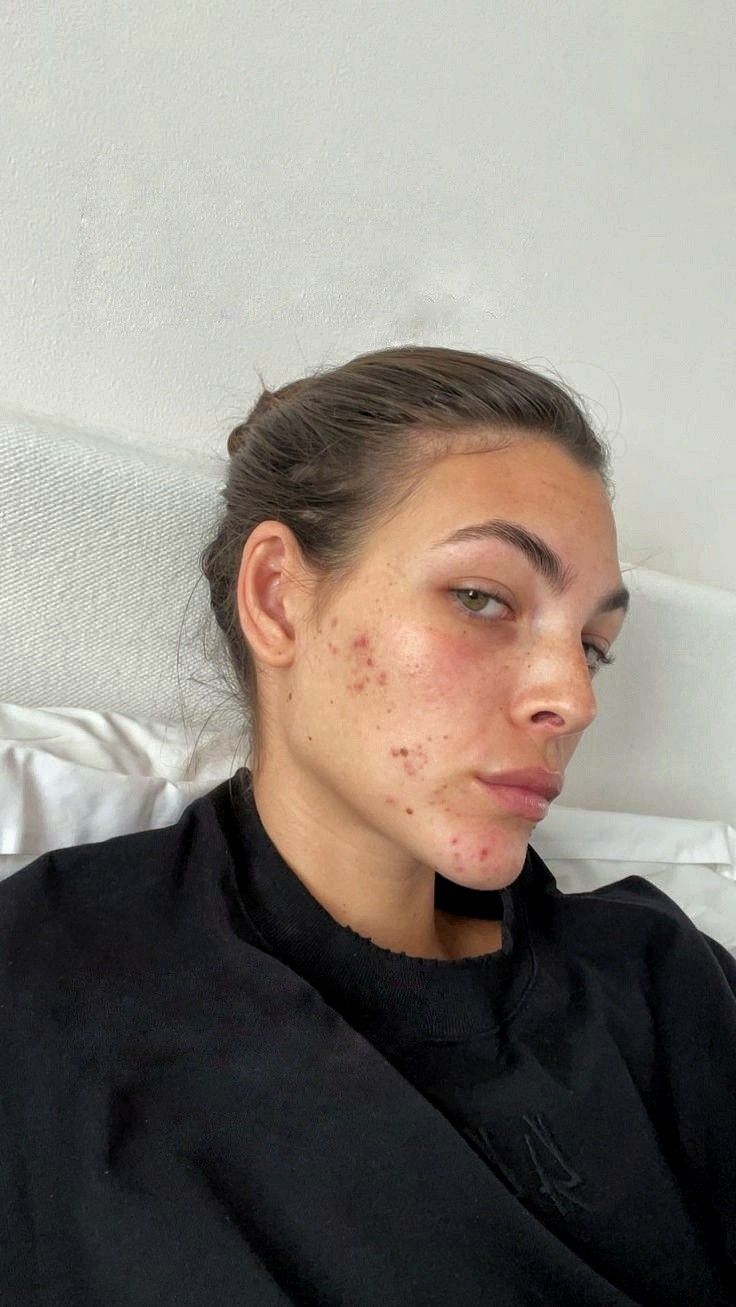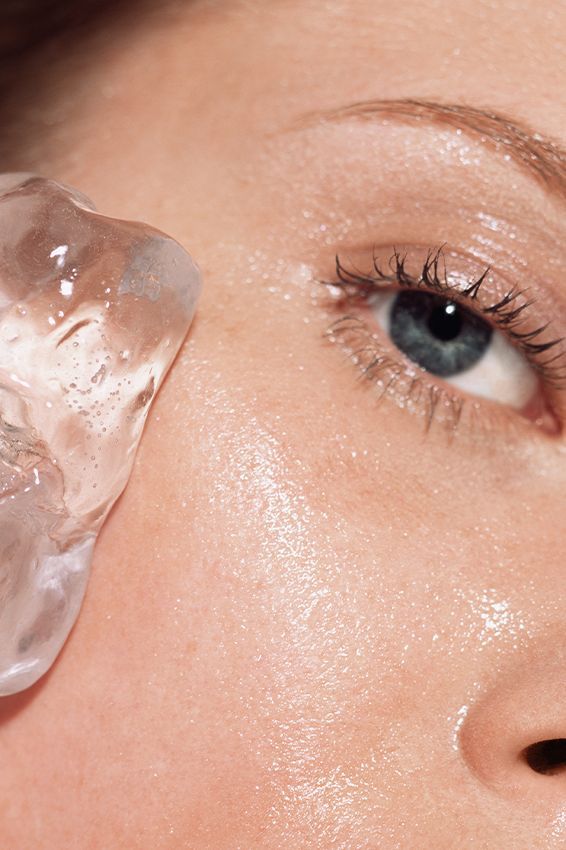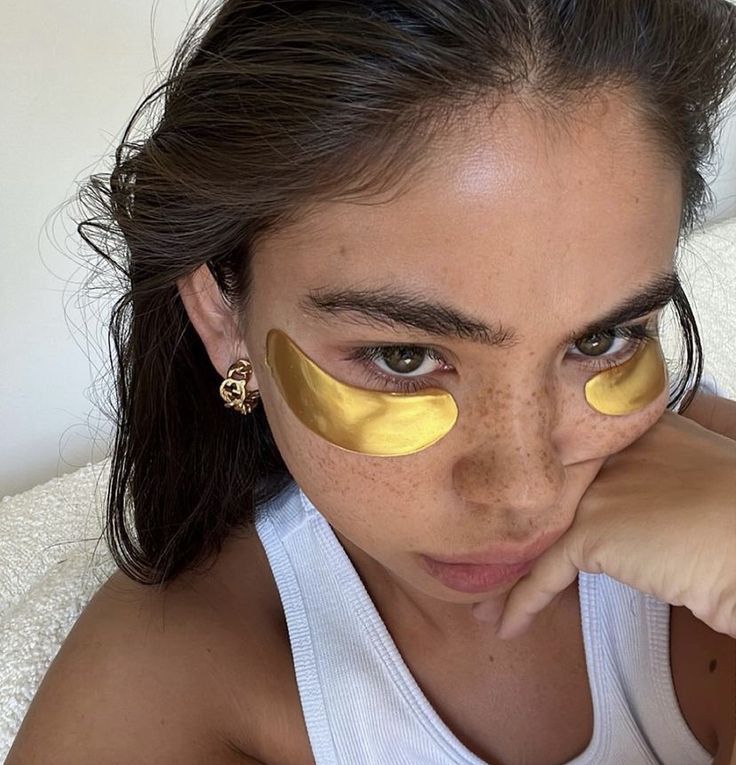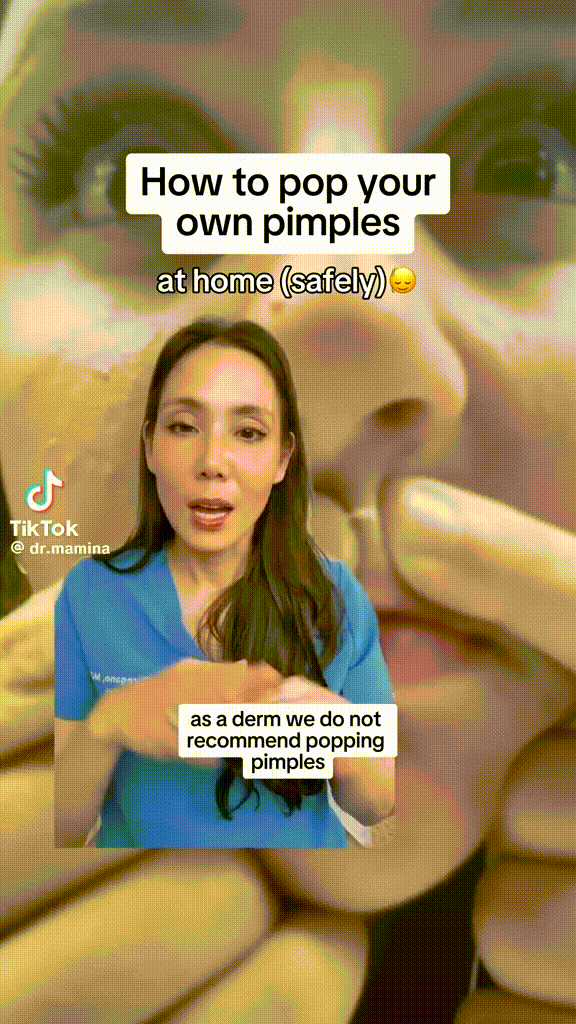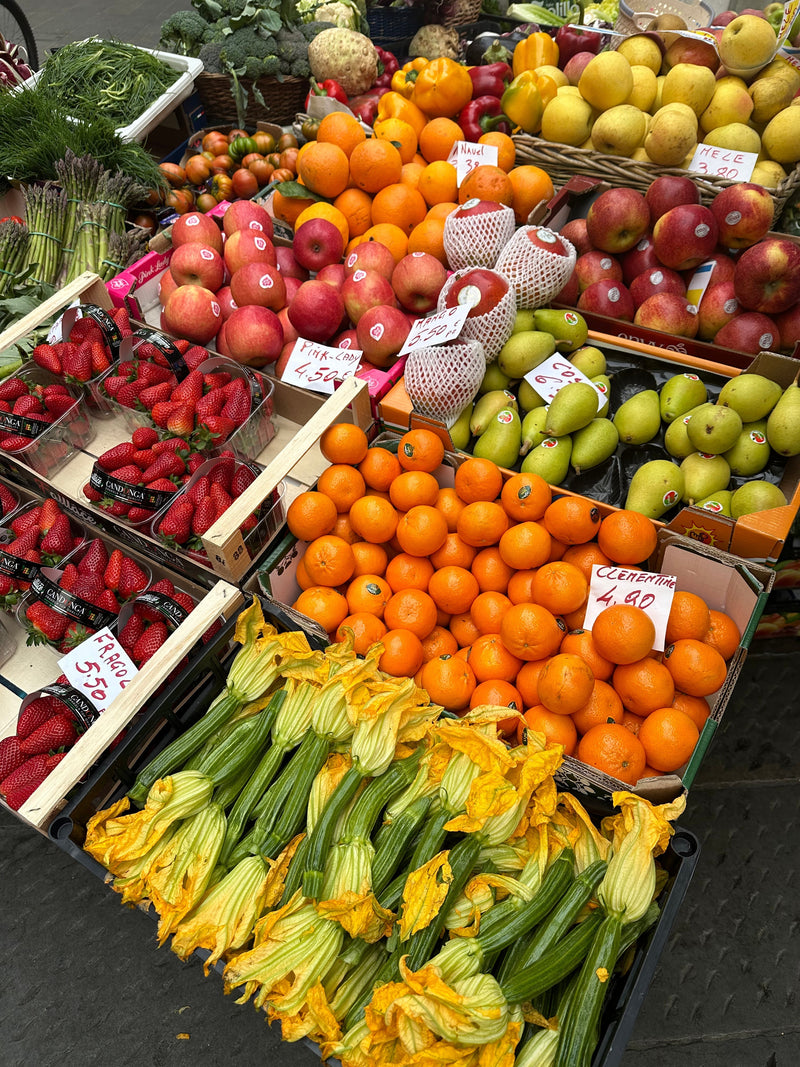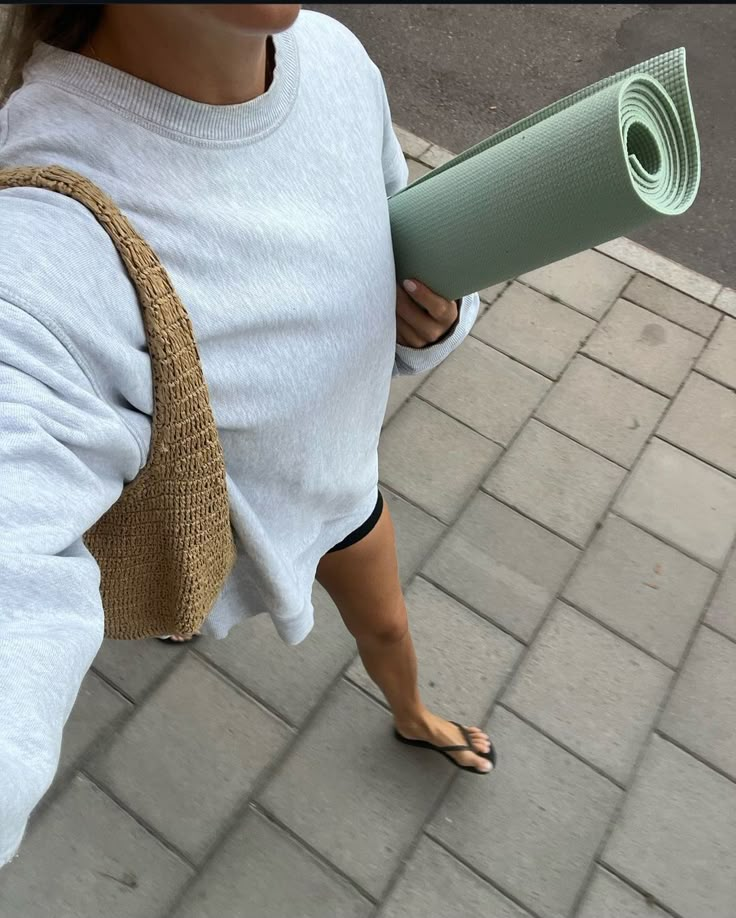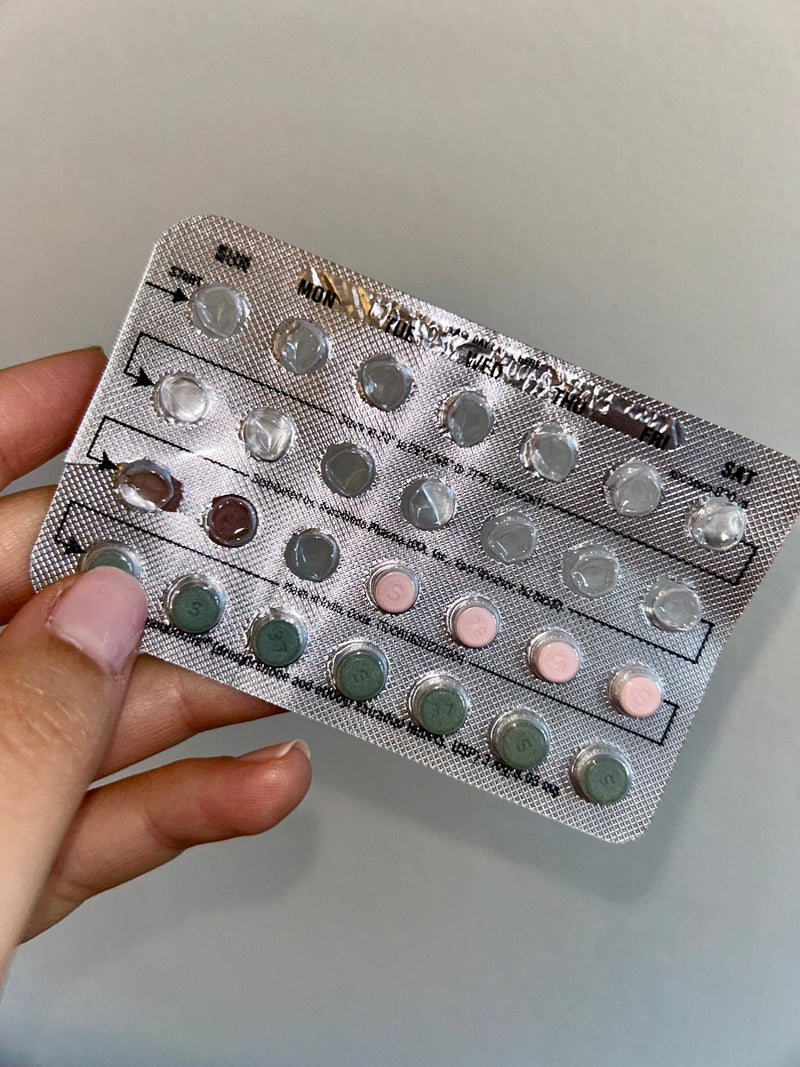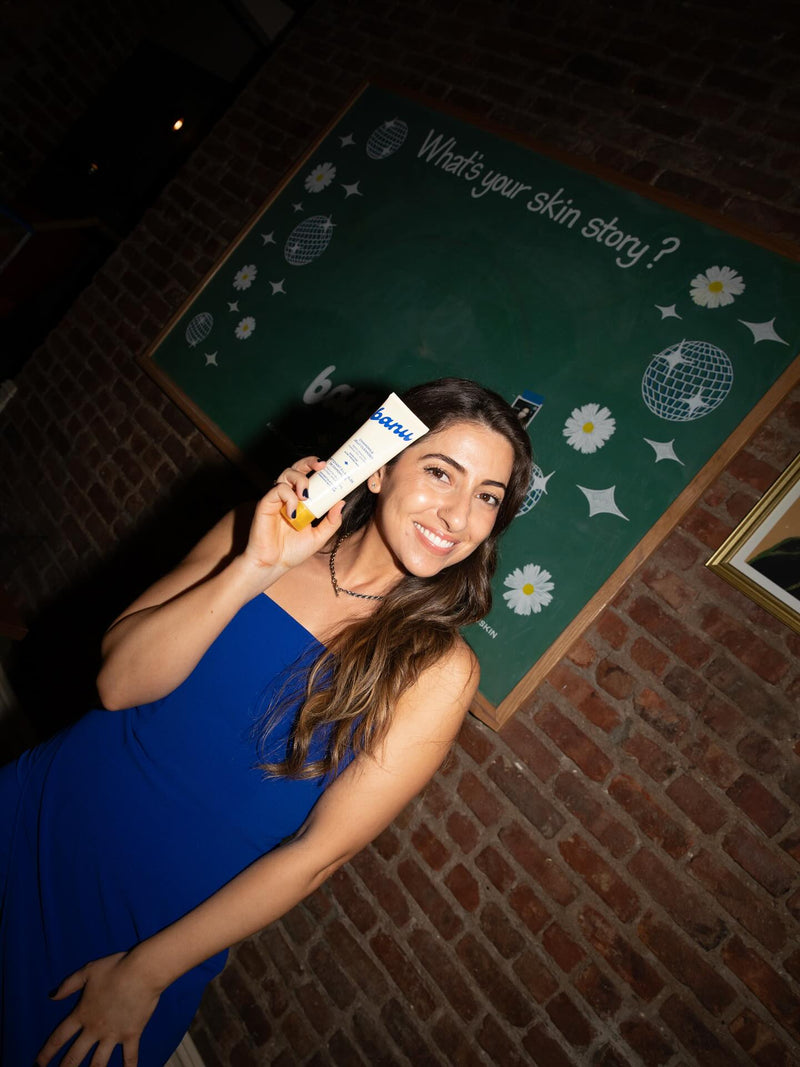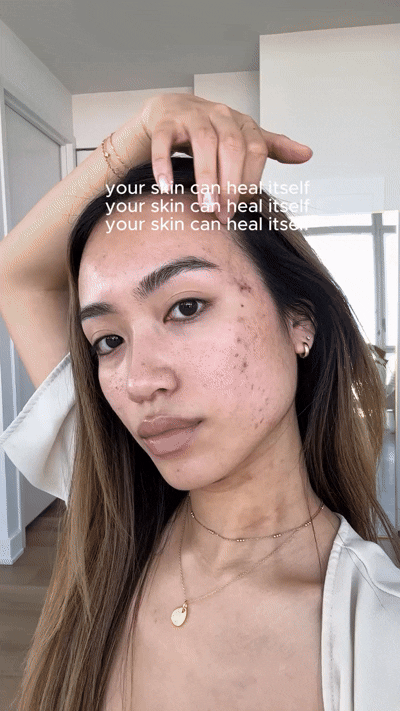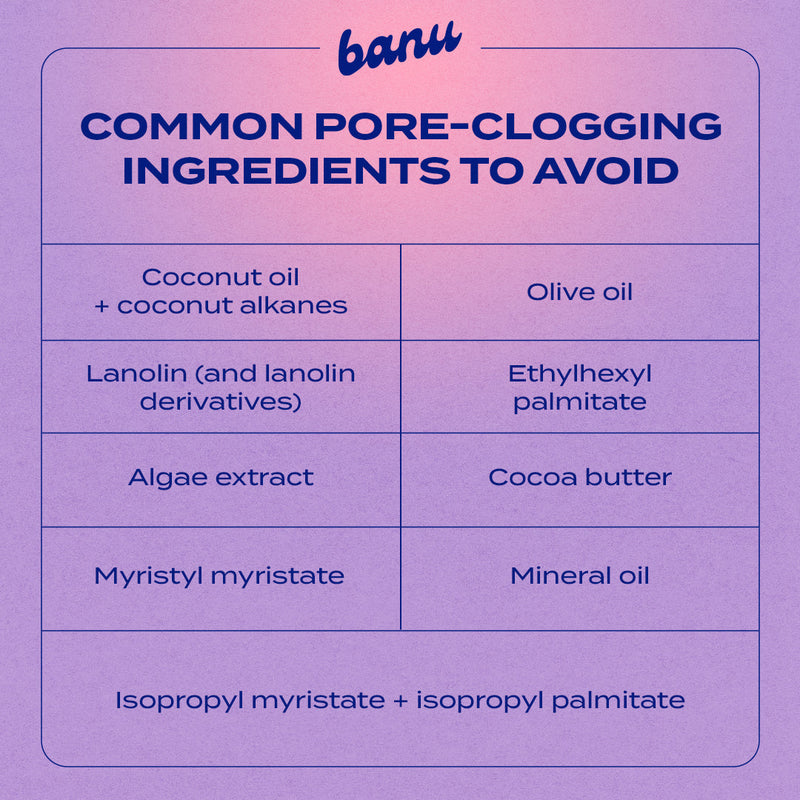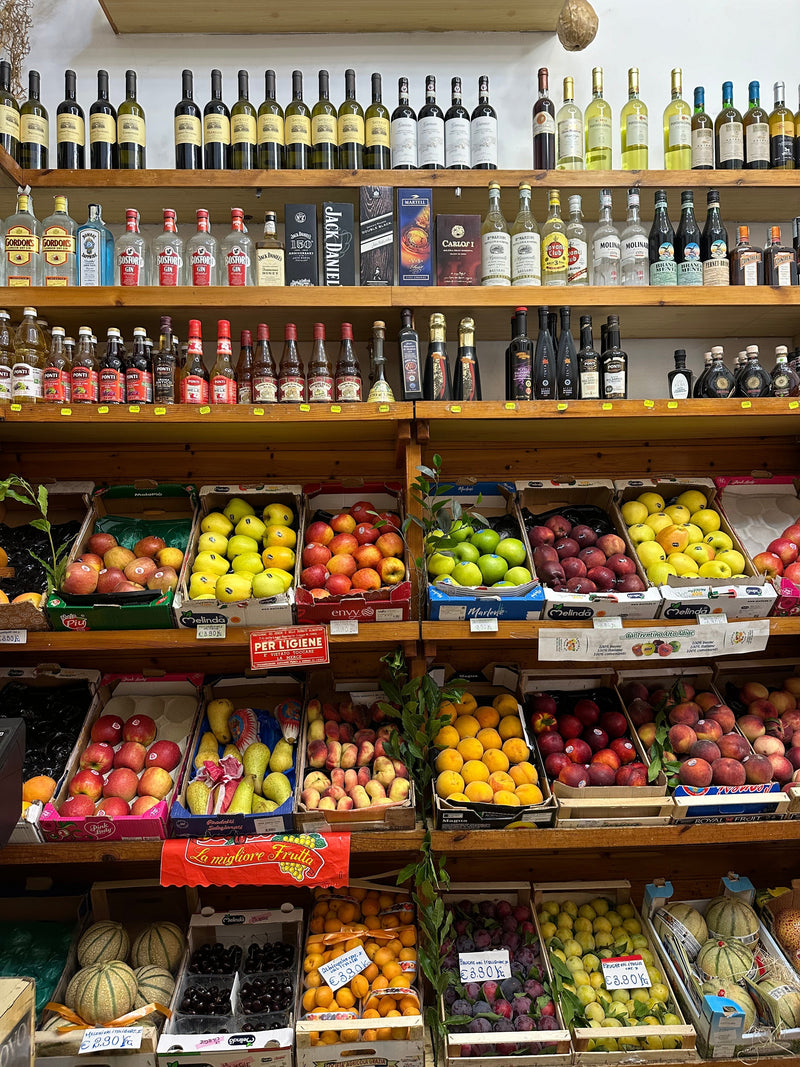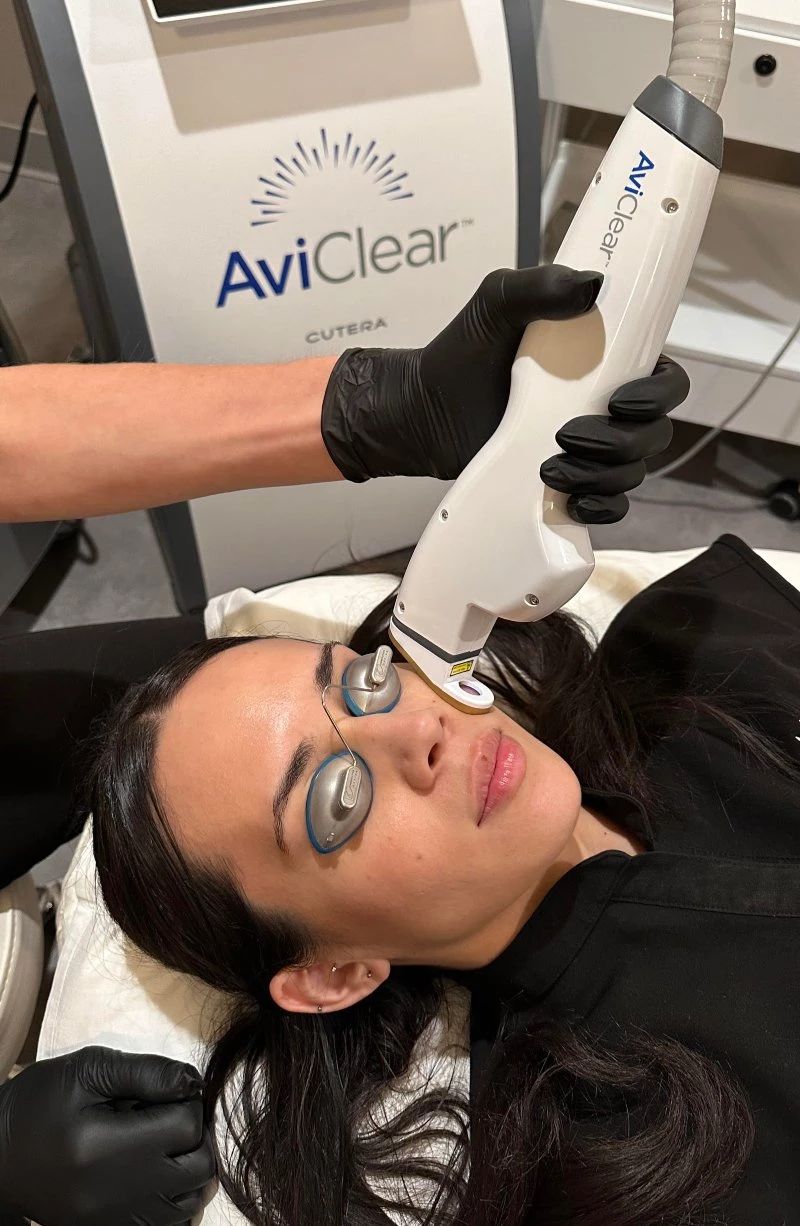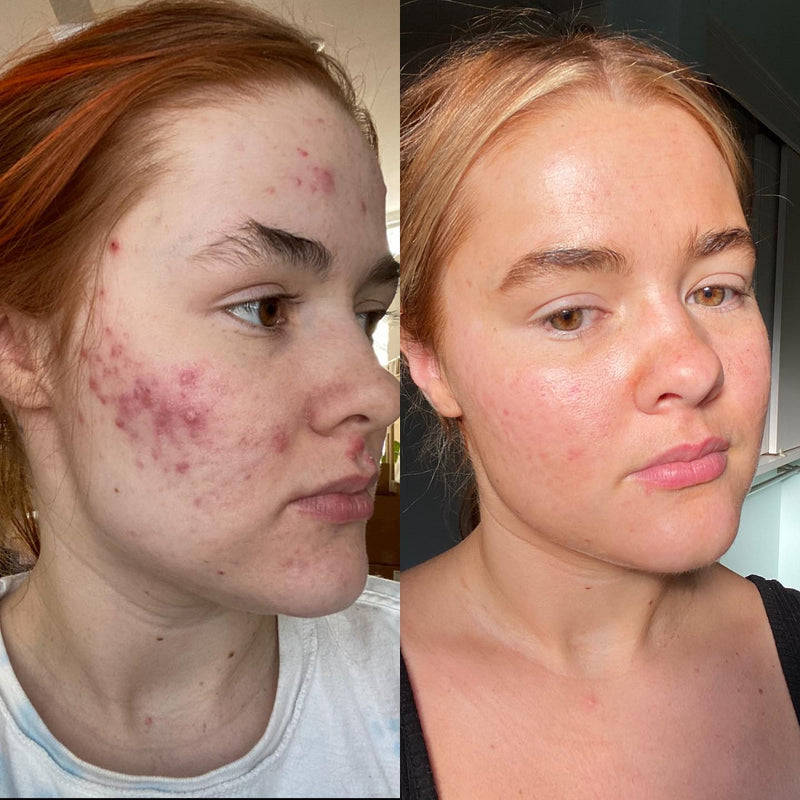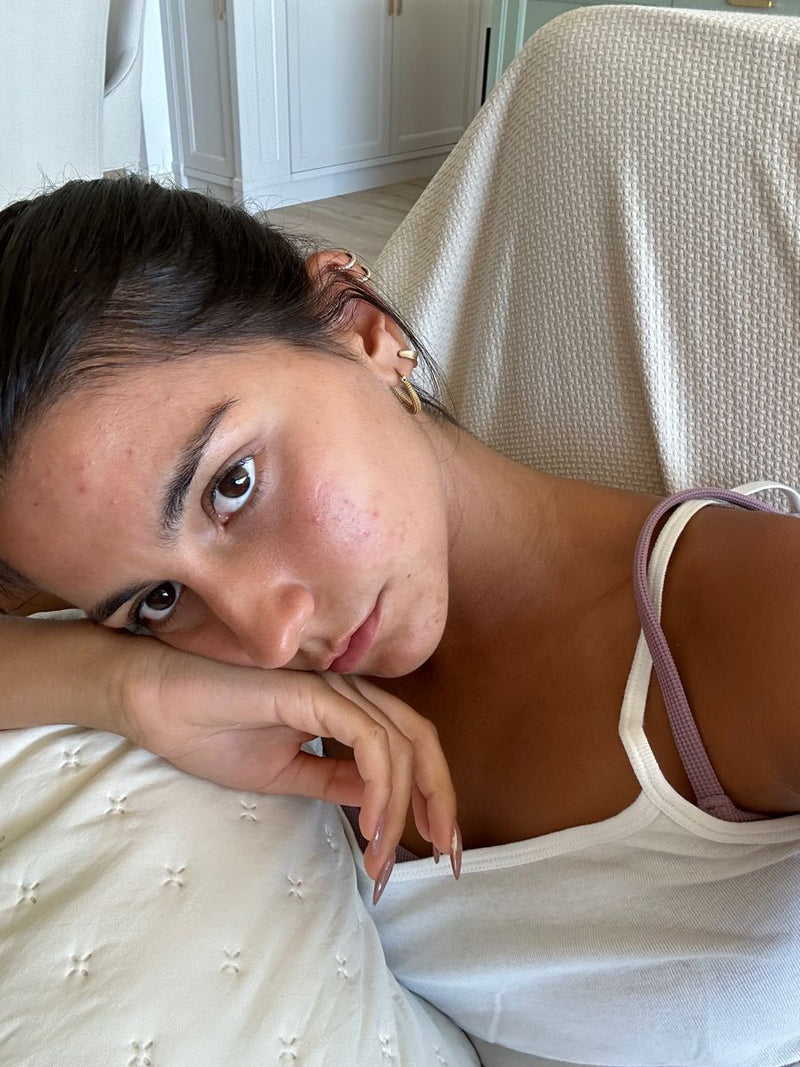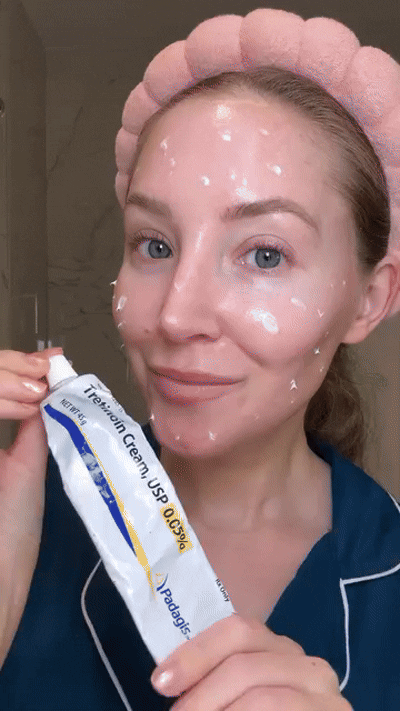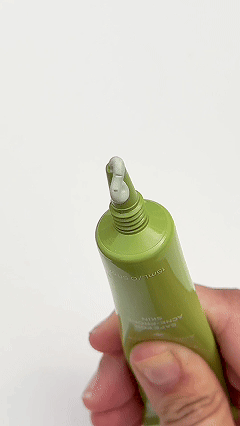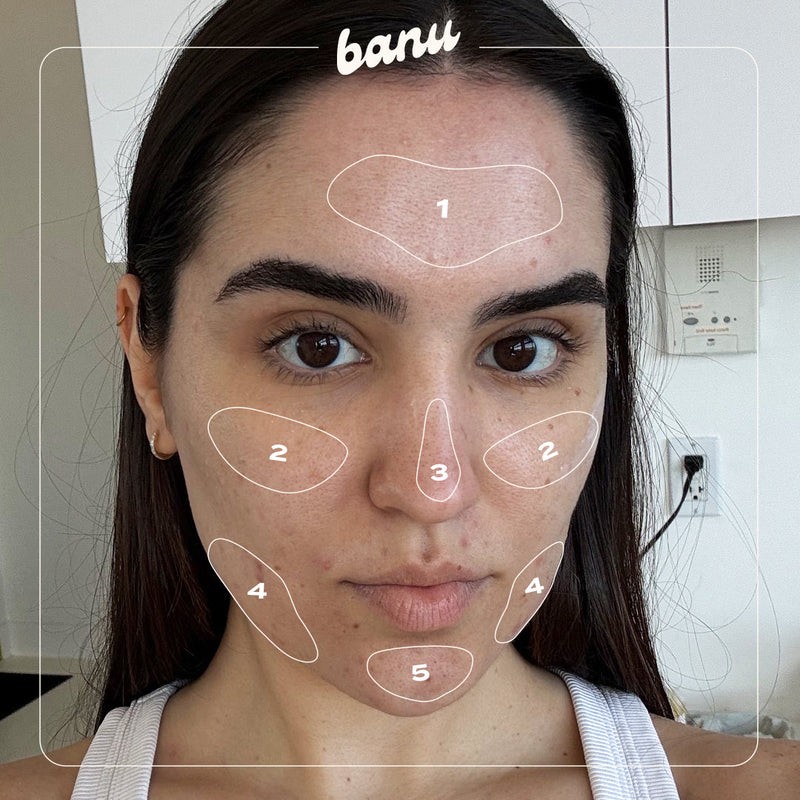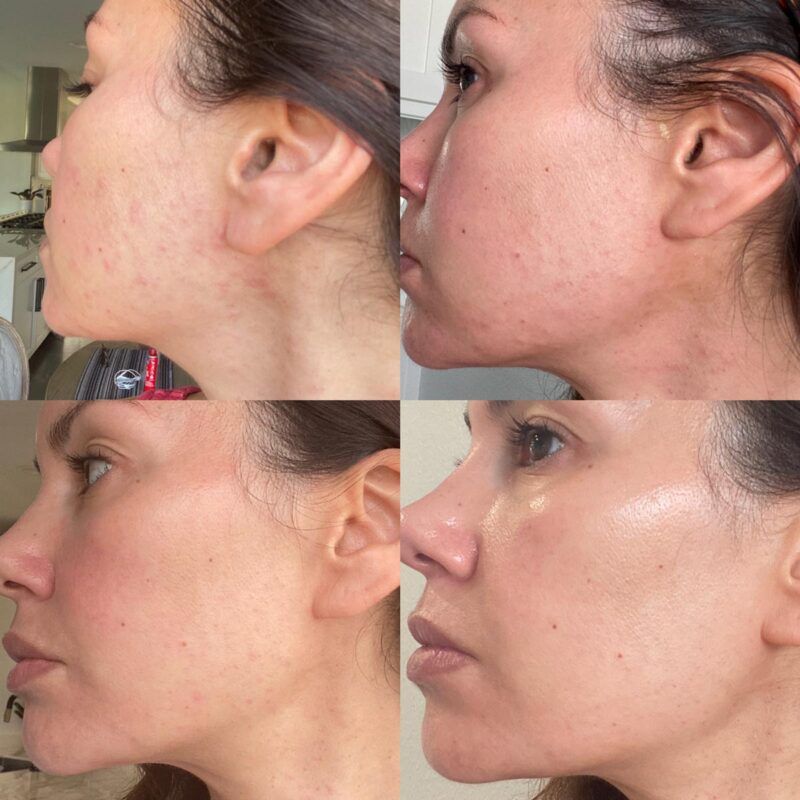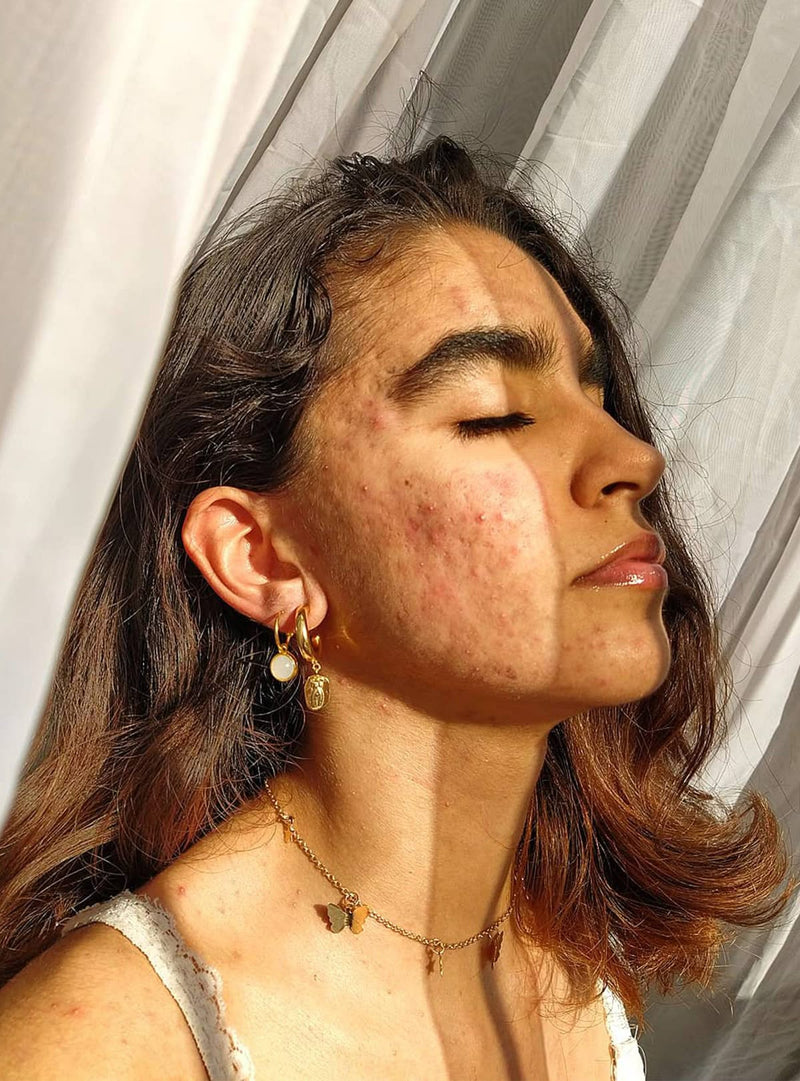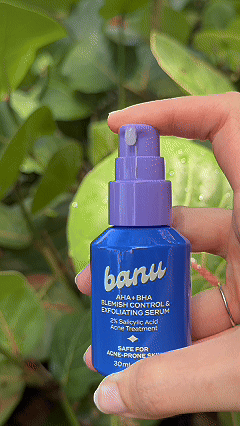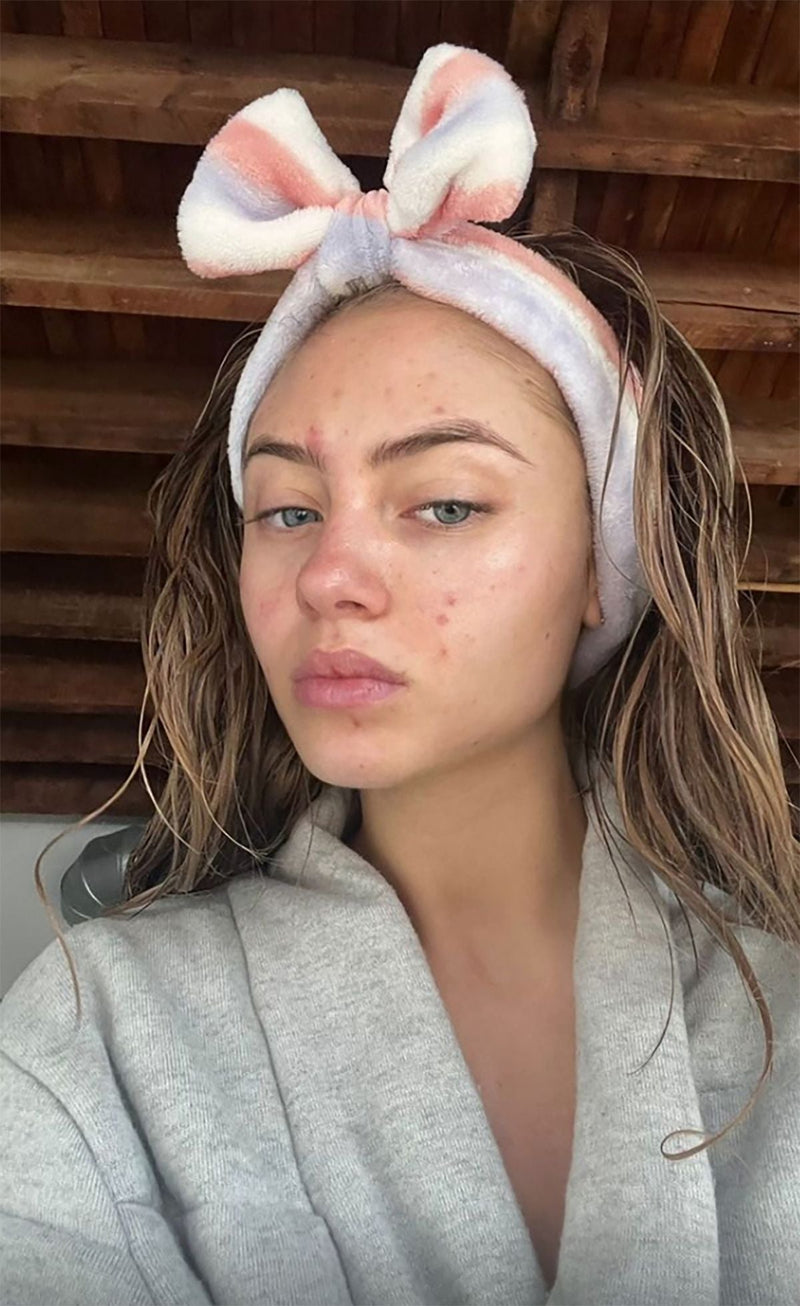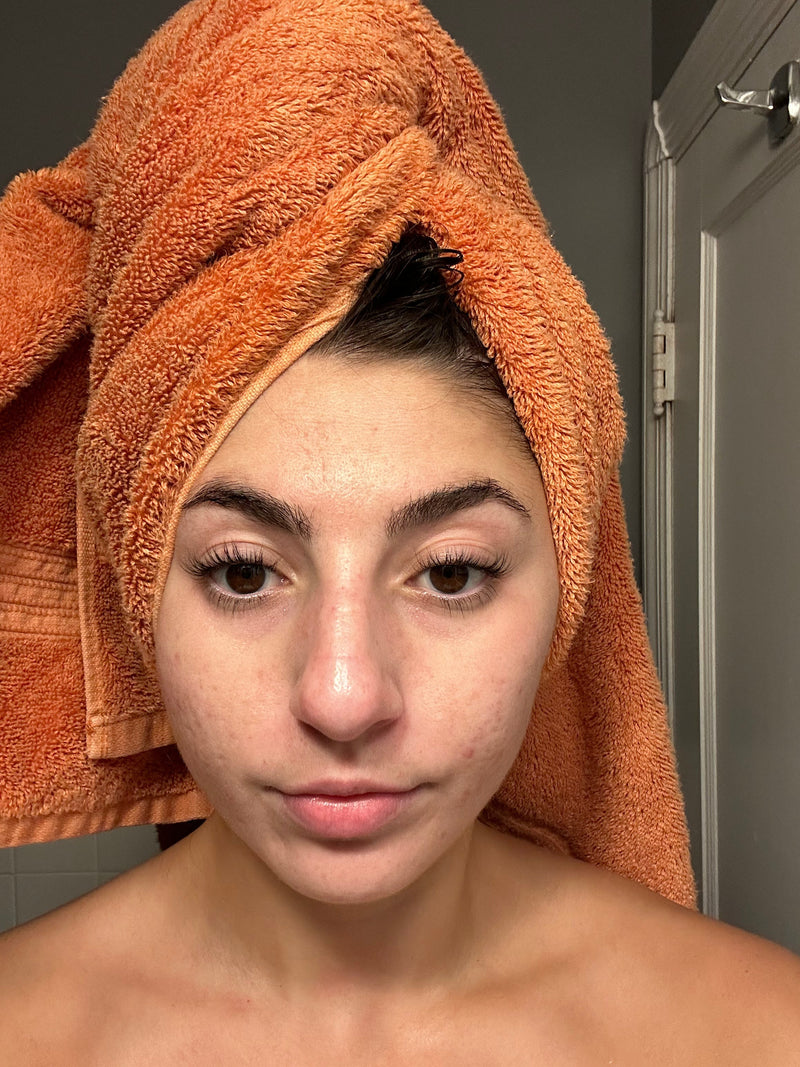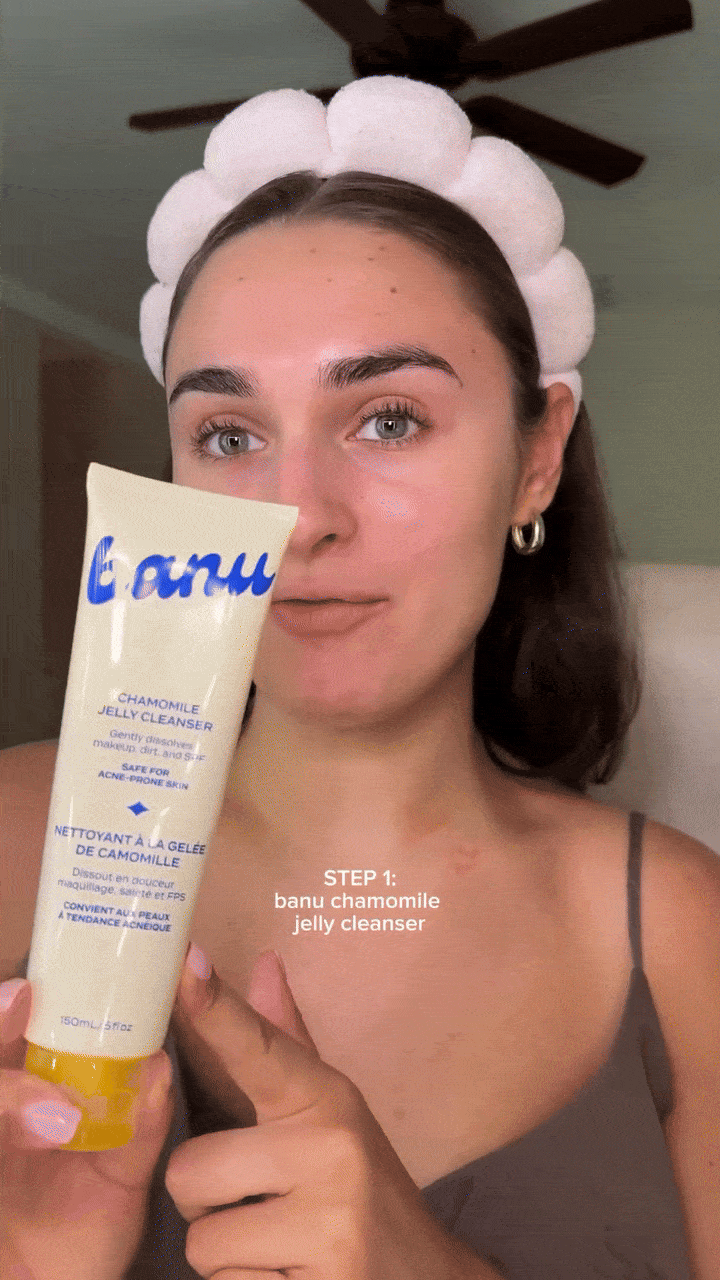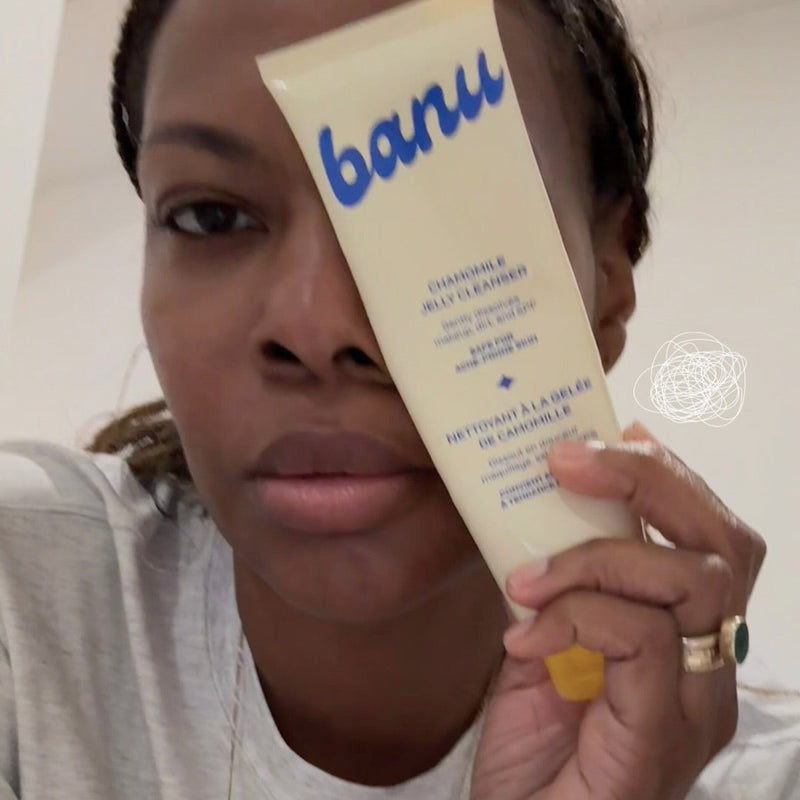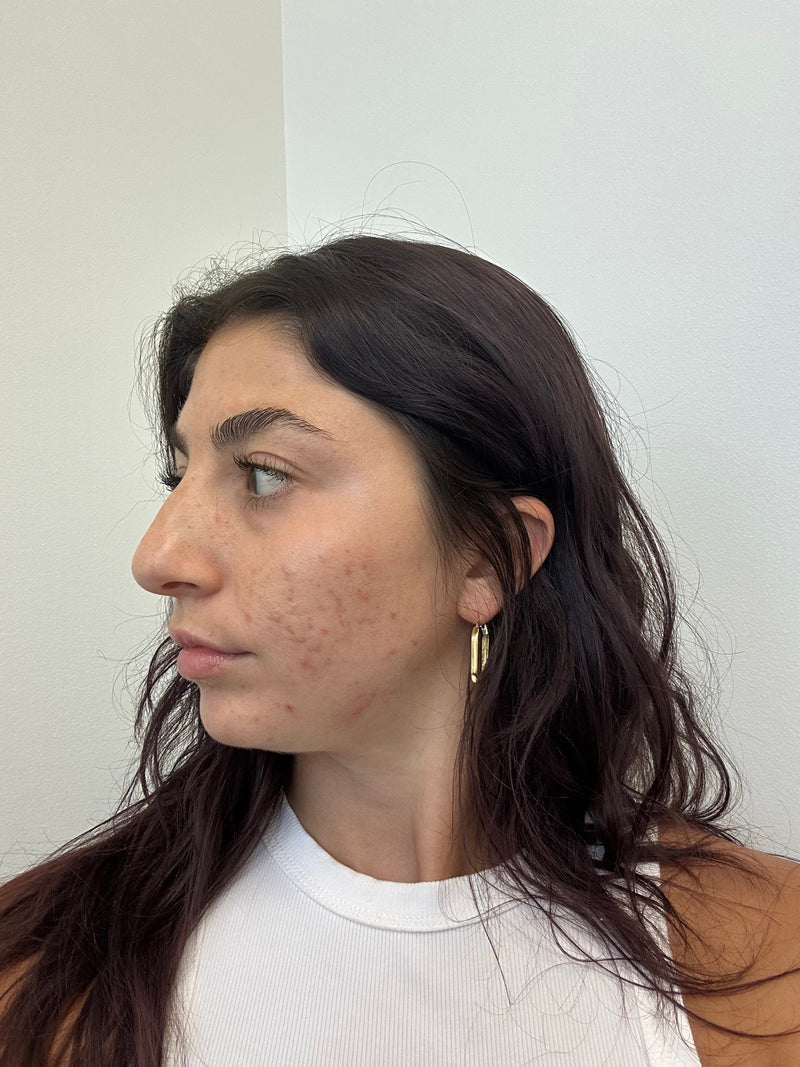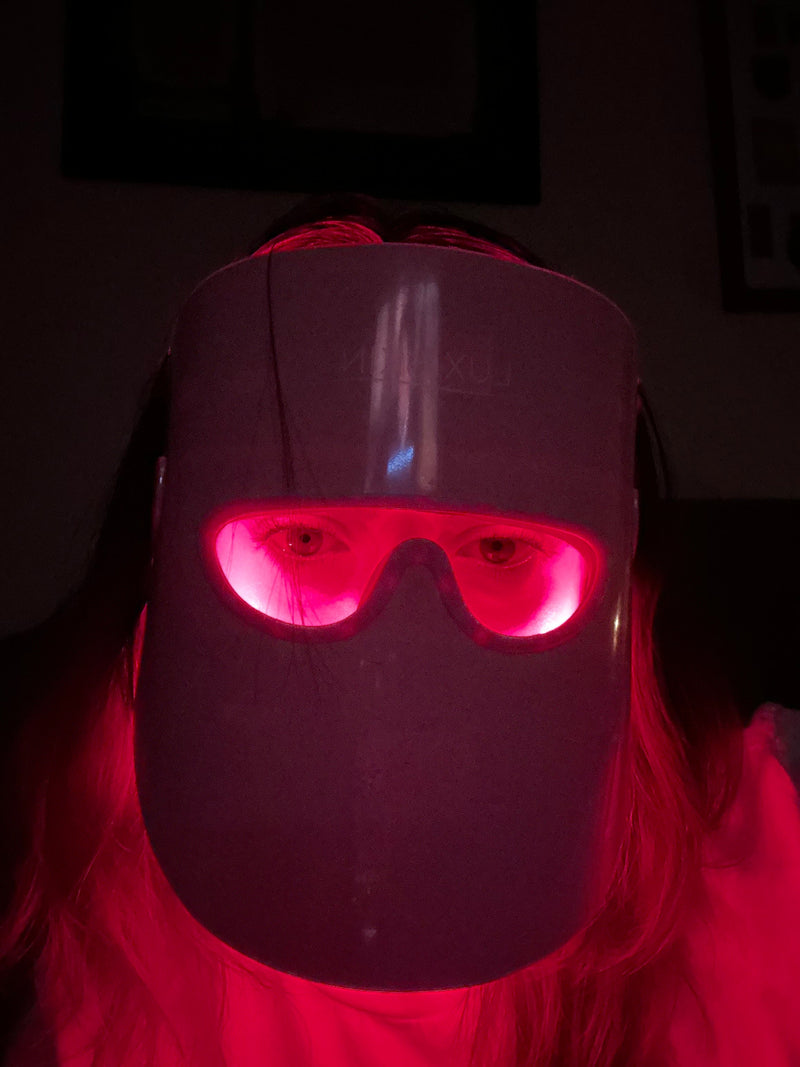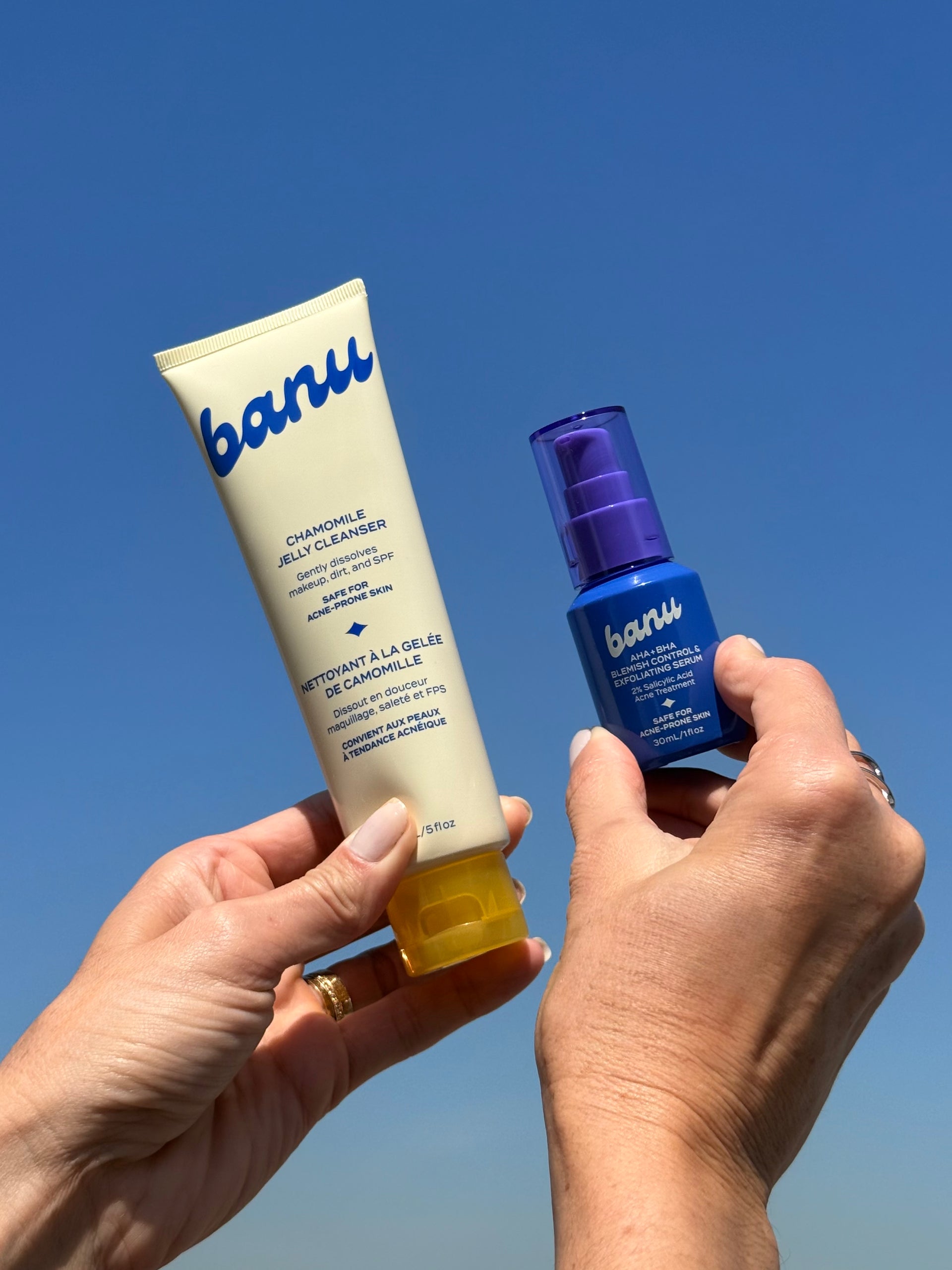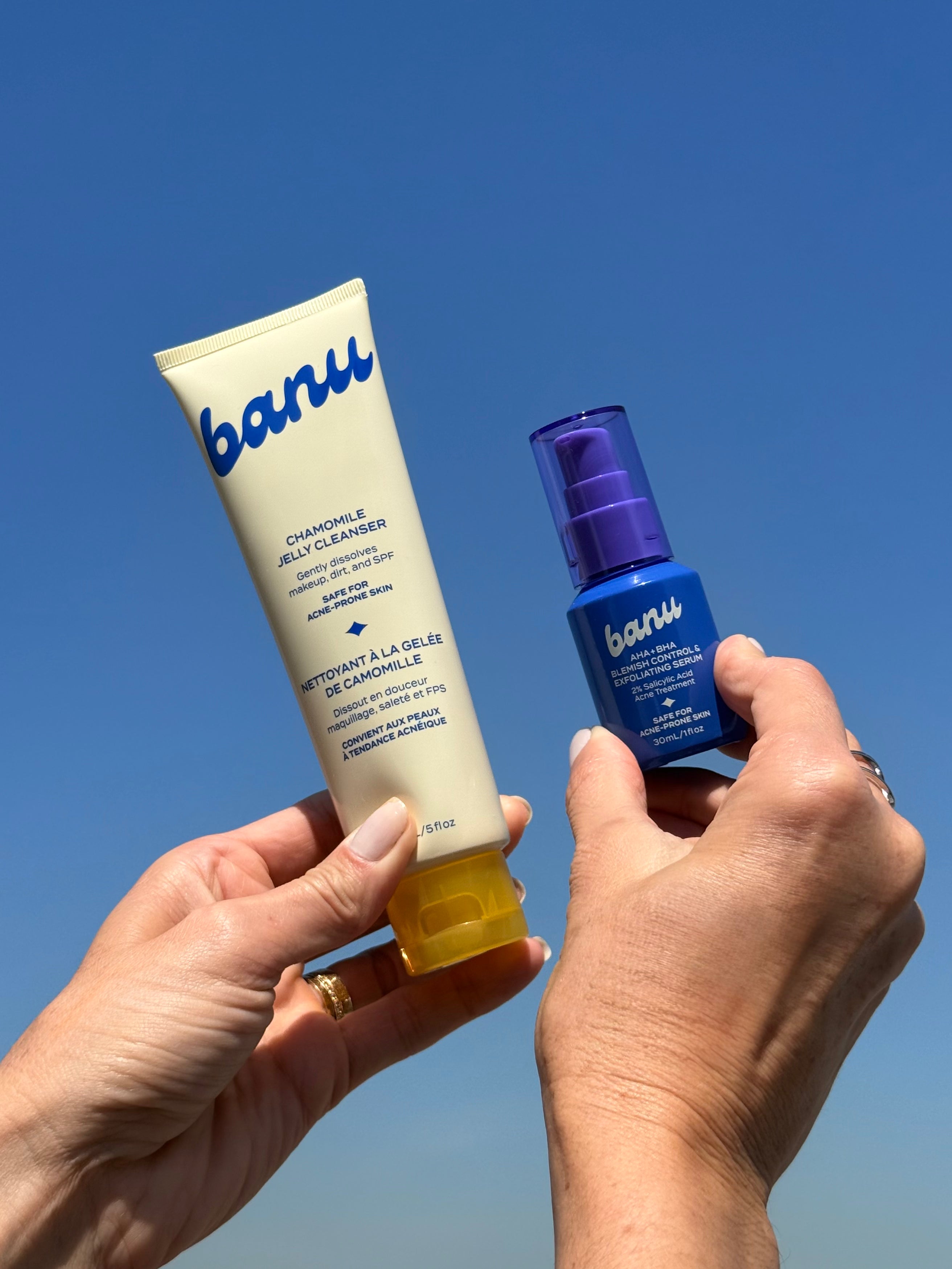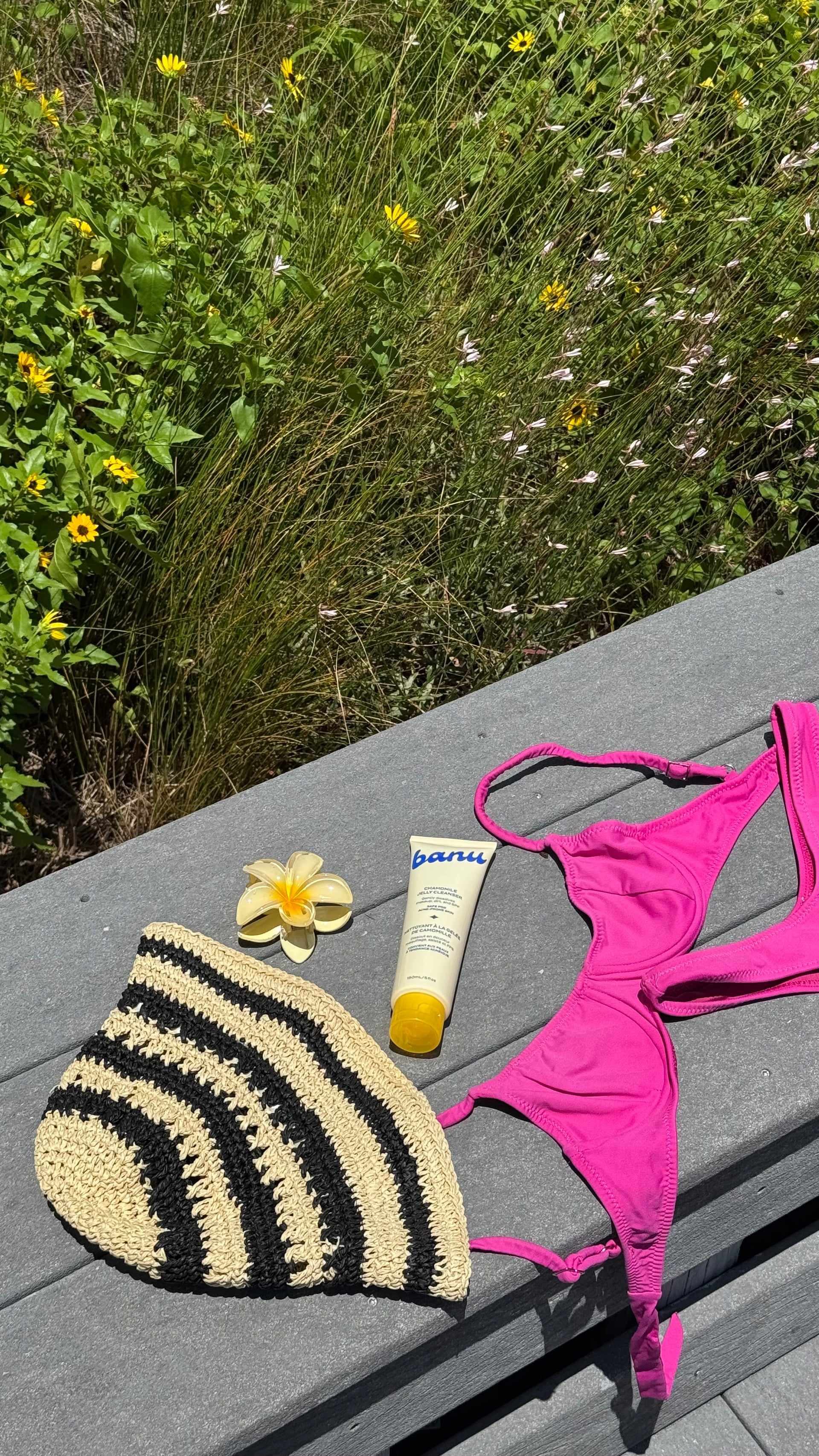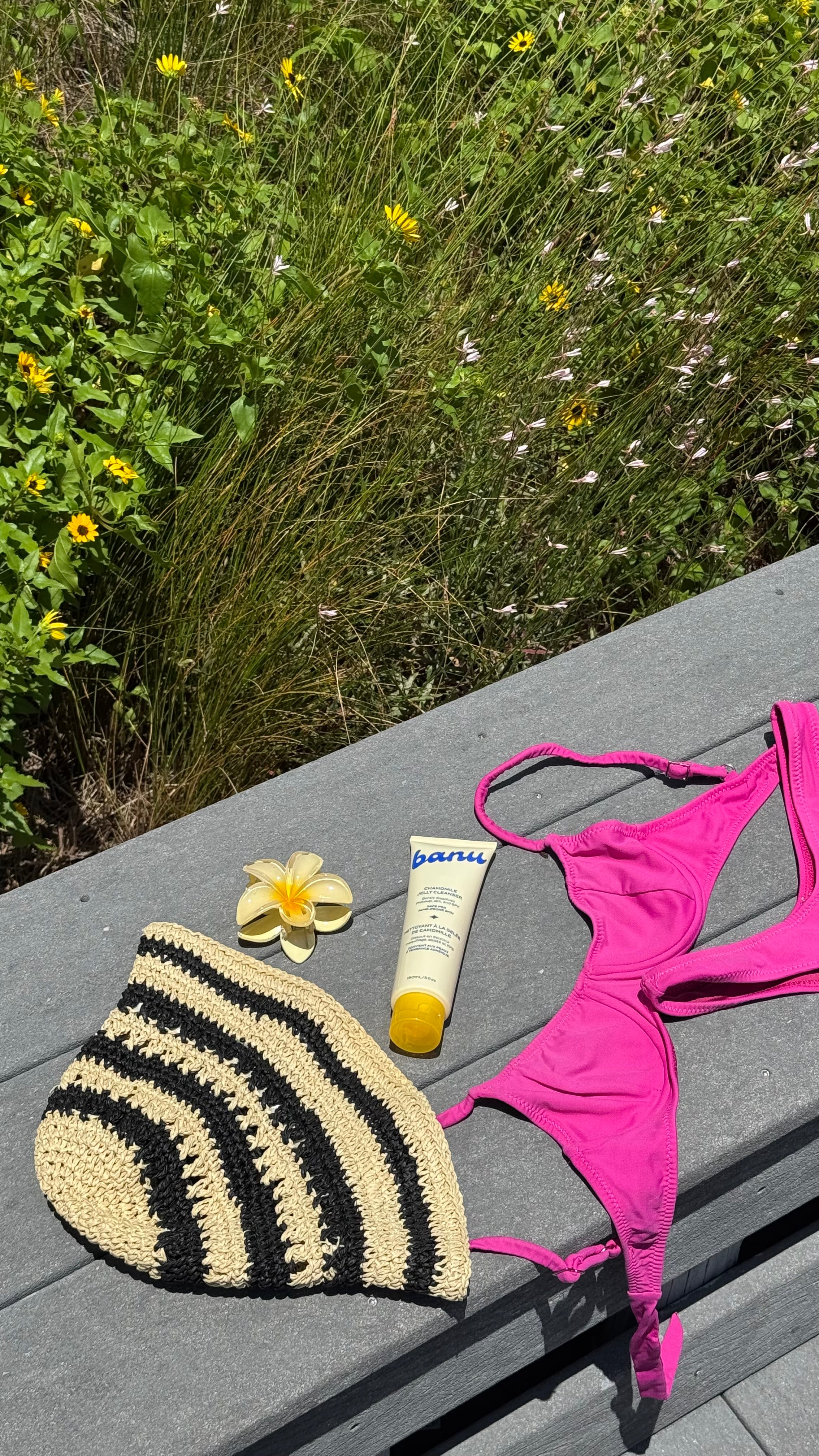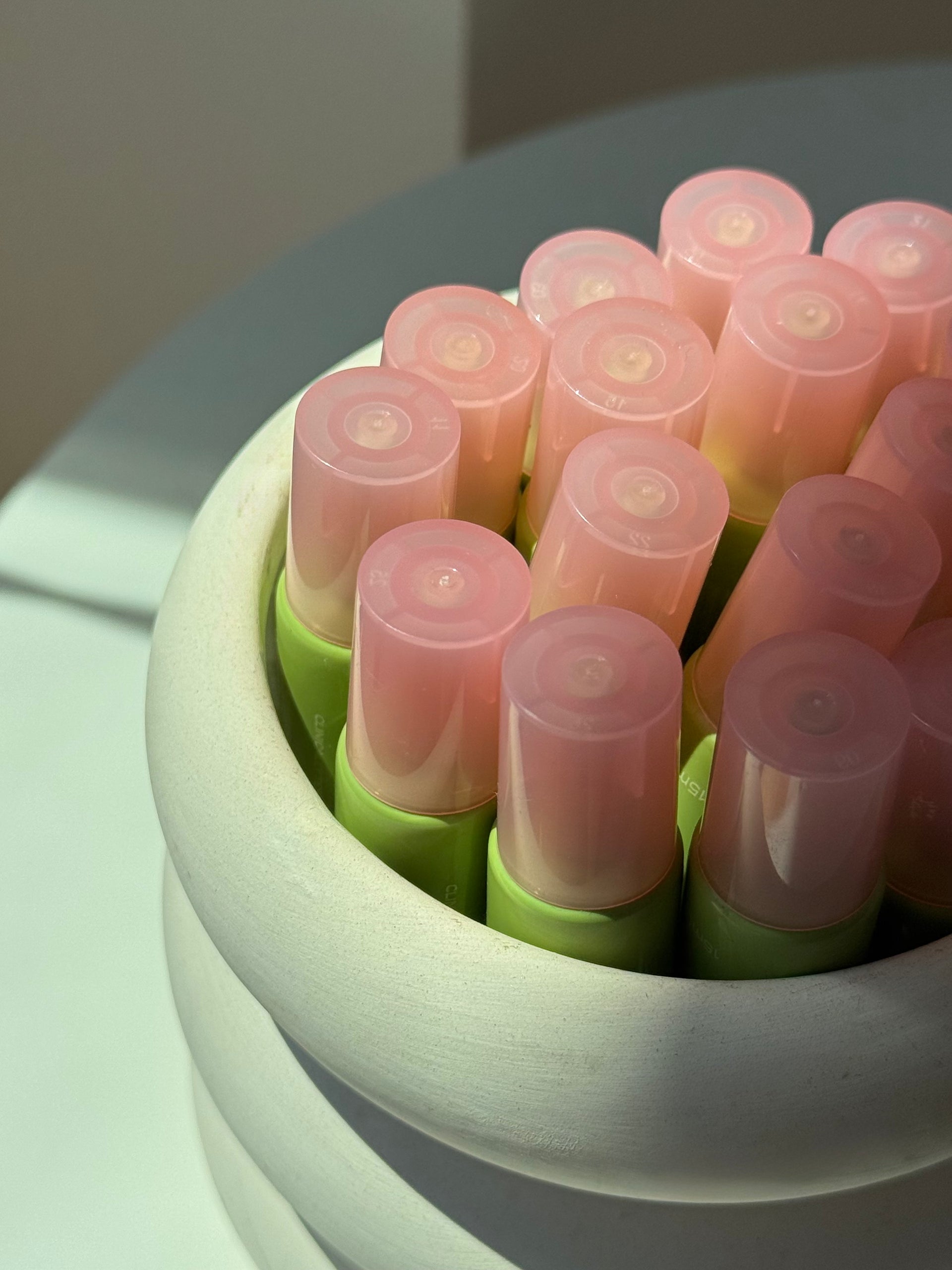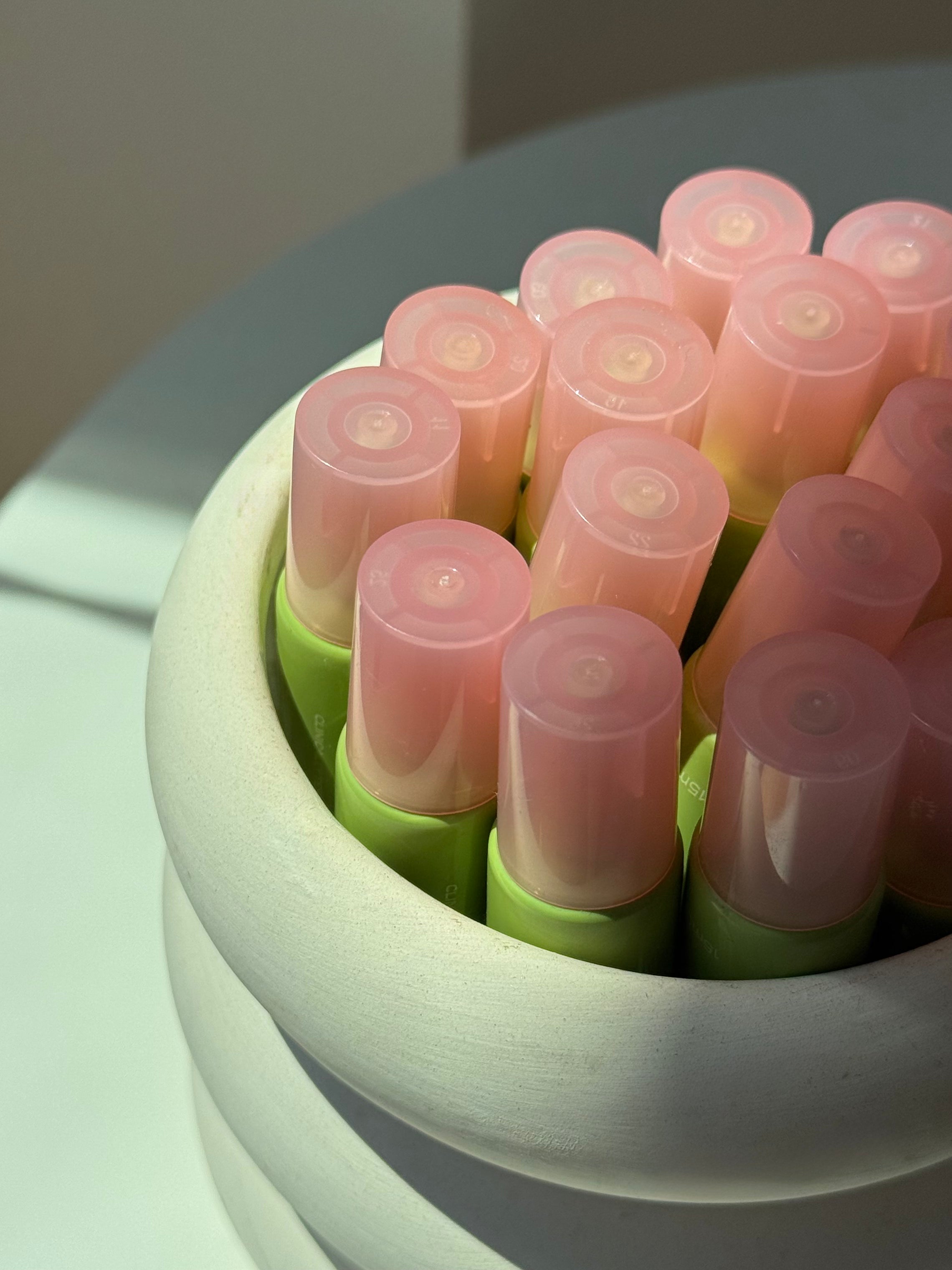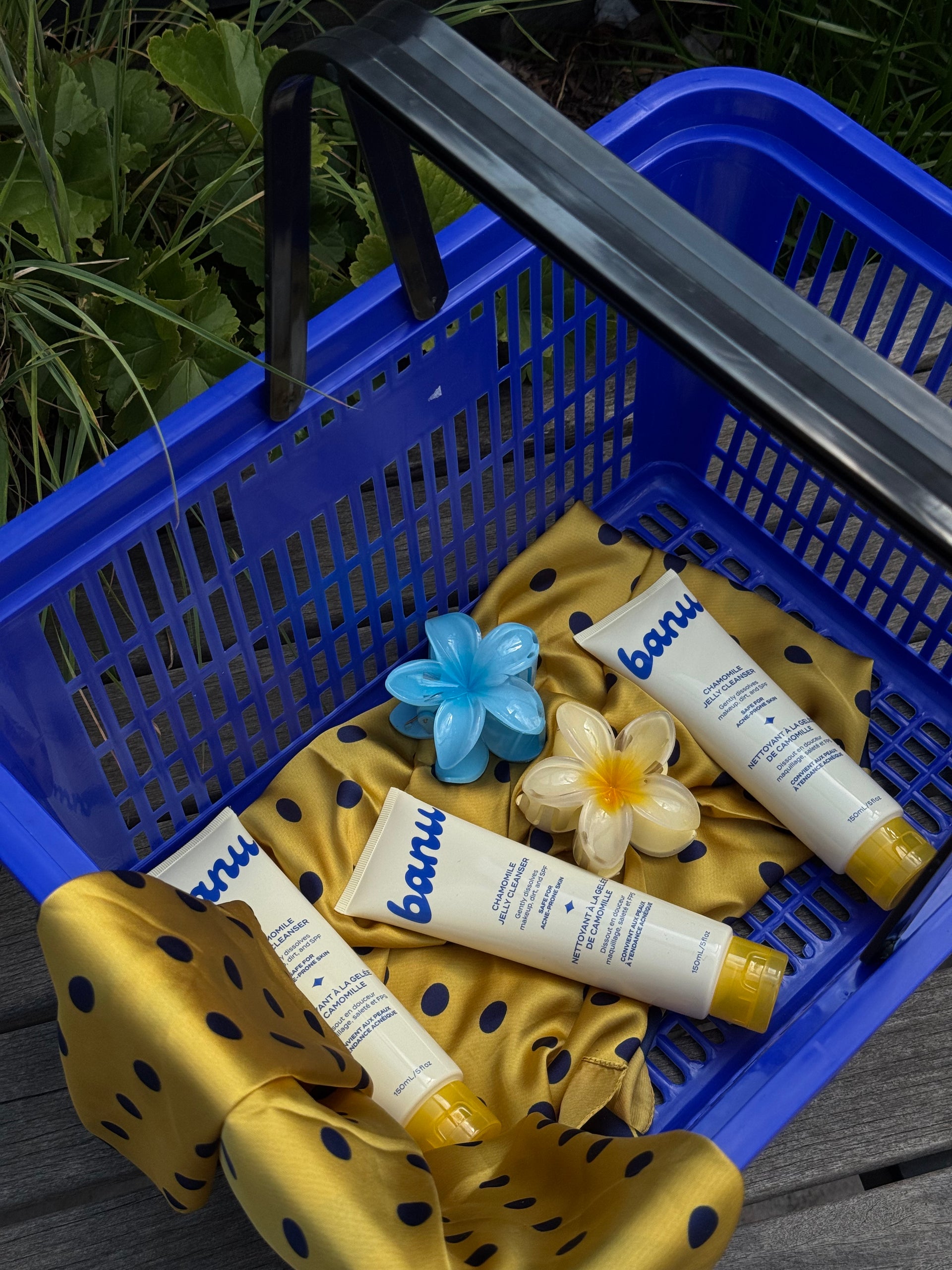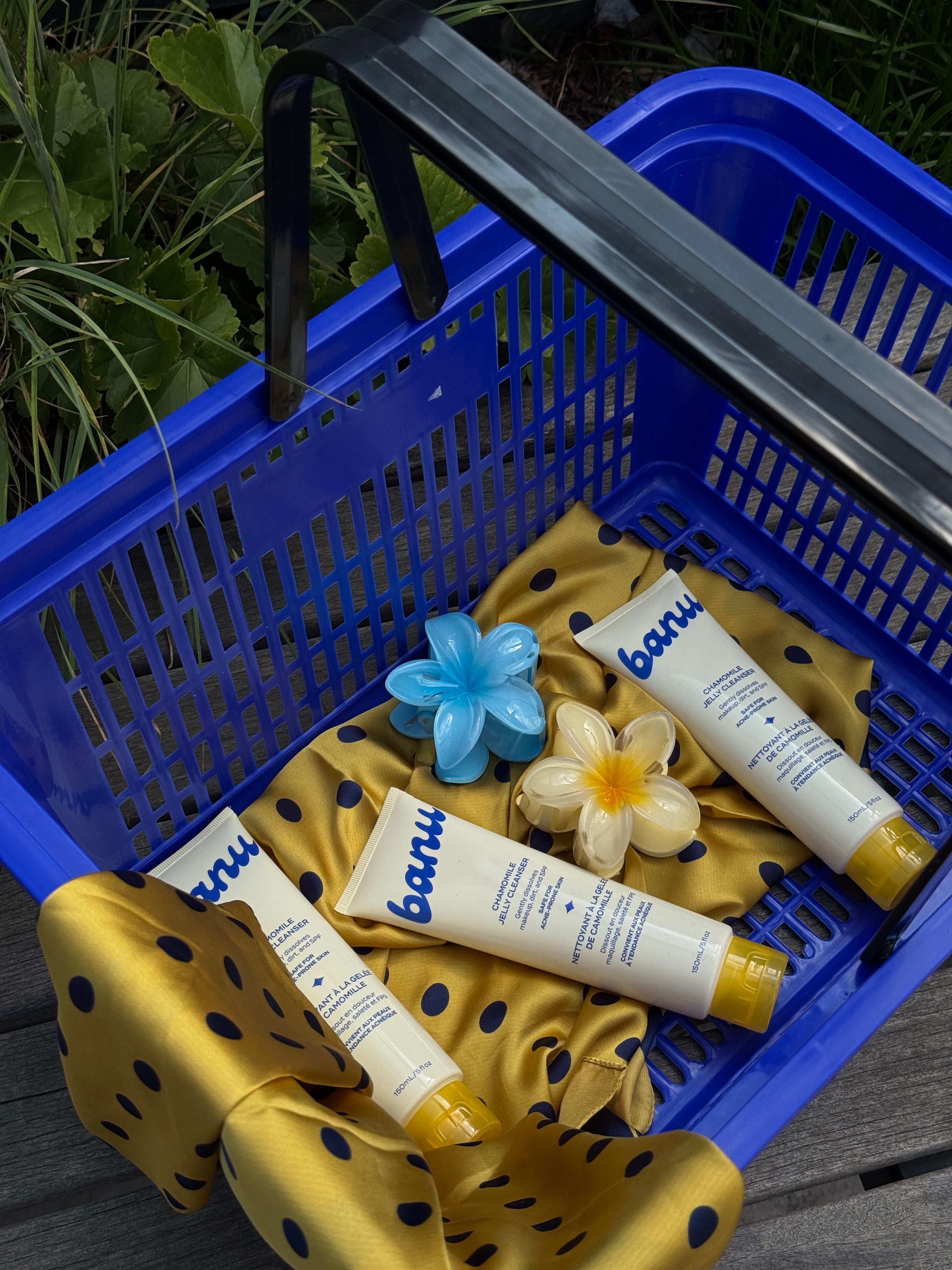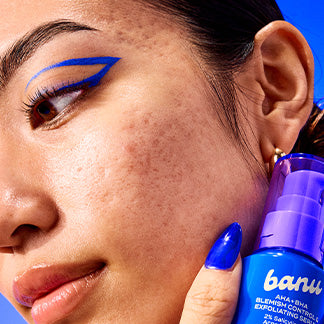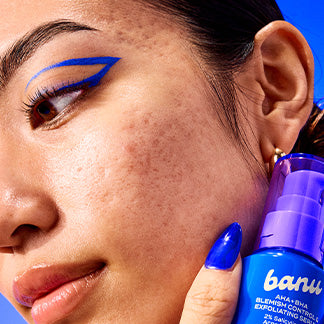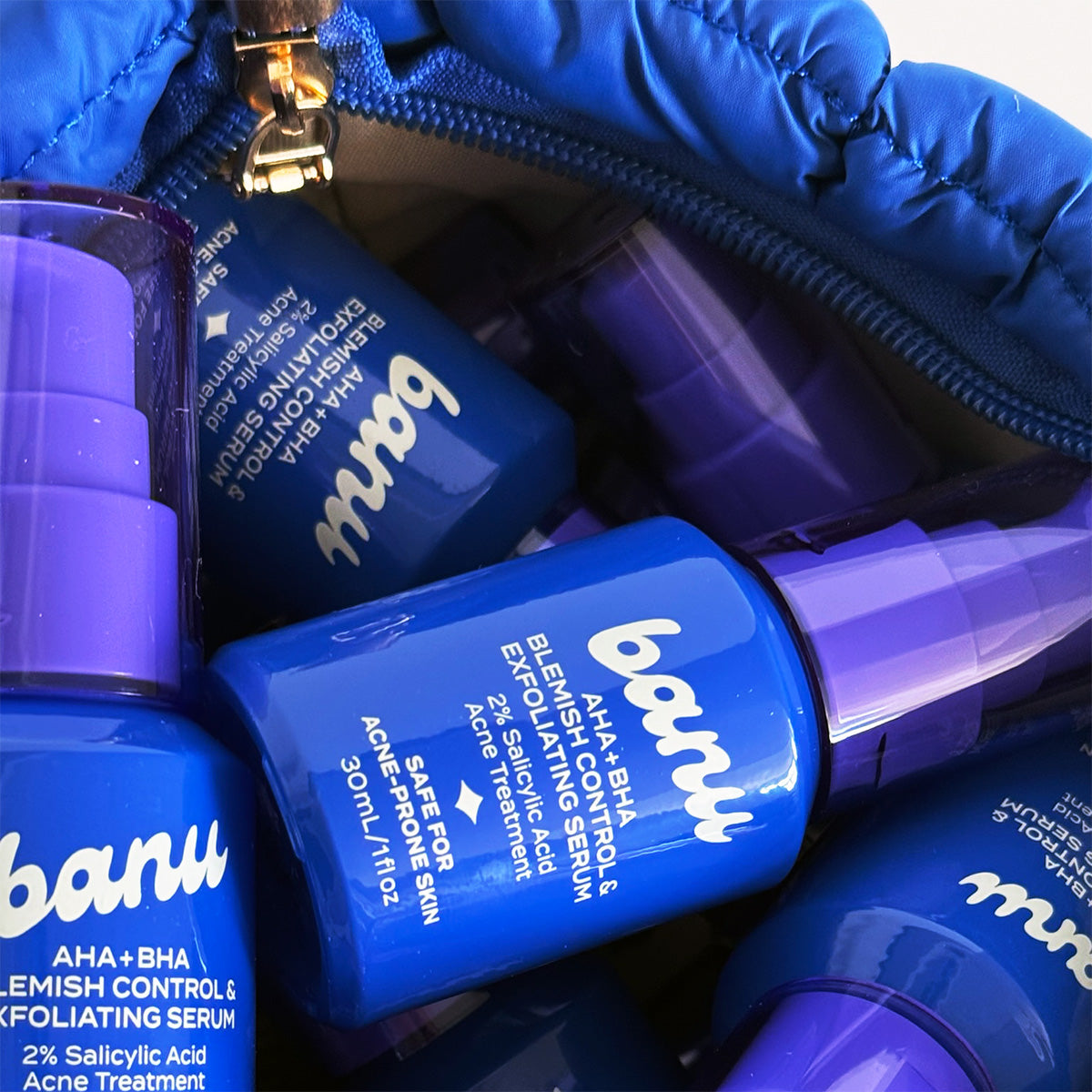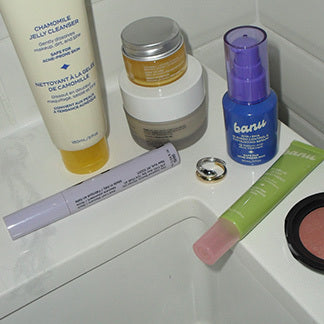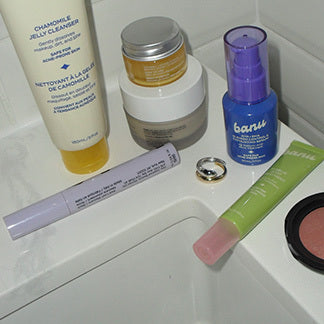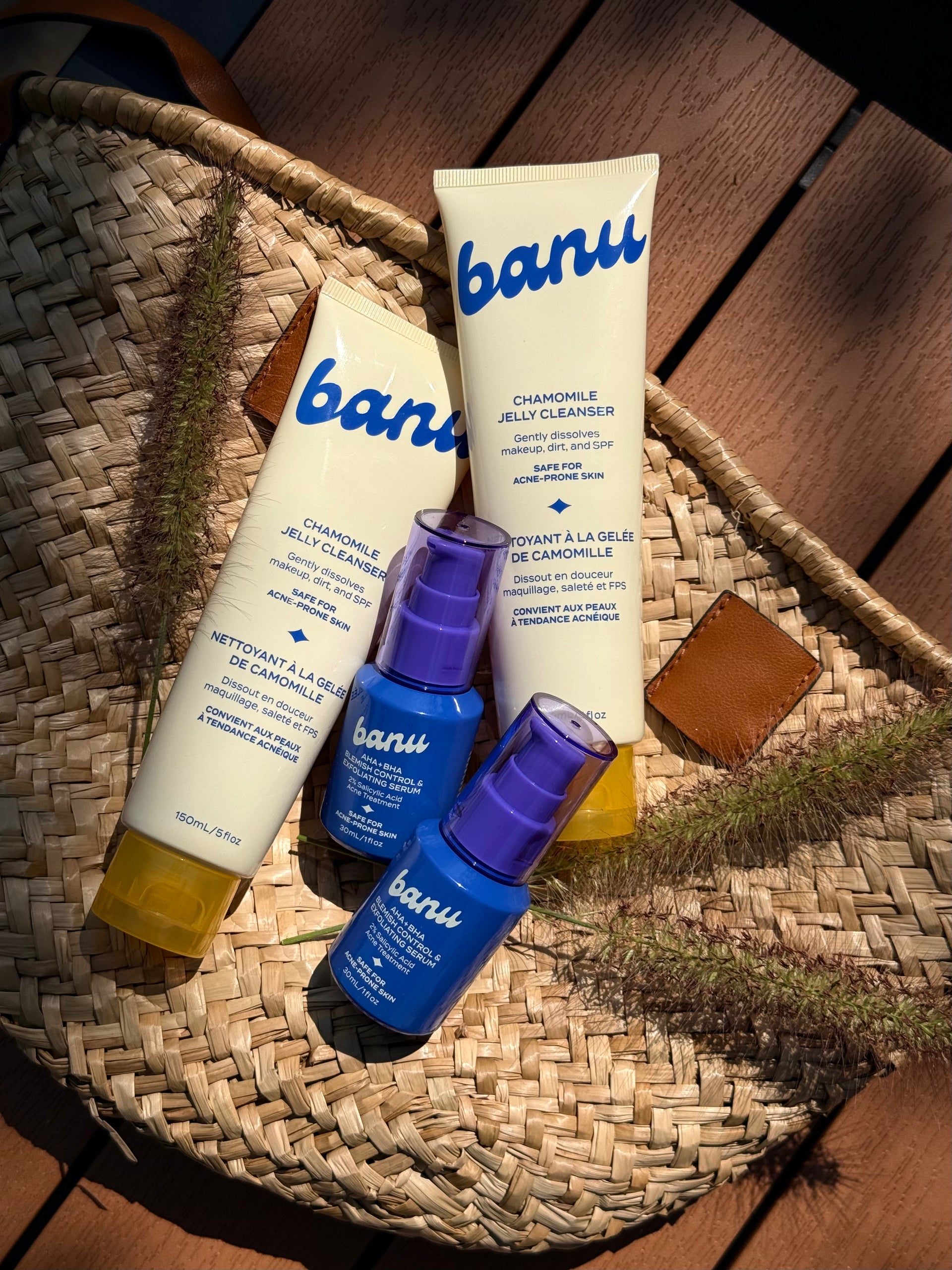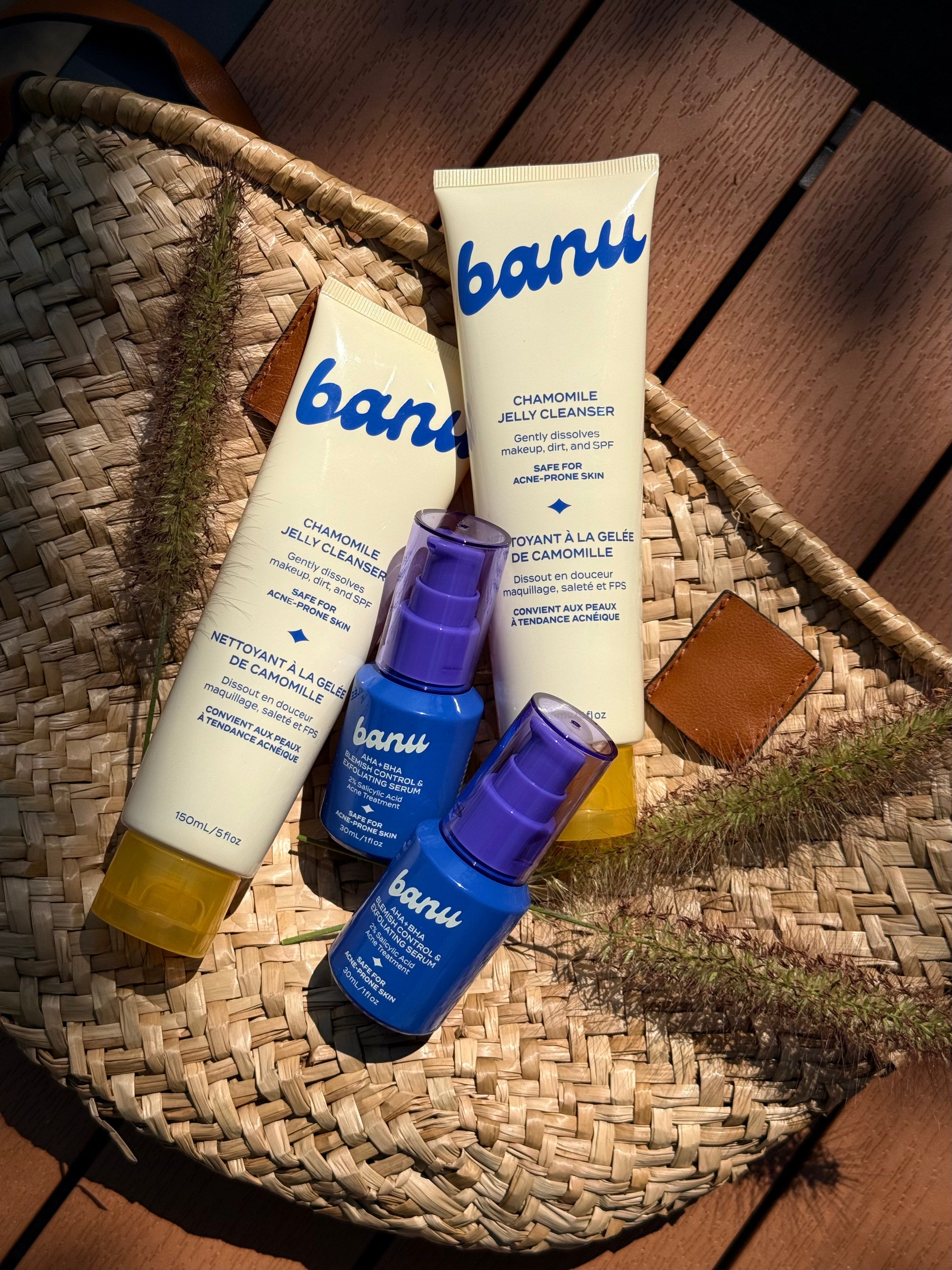How to Treat a Pimple Fast (Without Going Overboard)
12 March, 2025
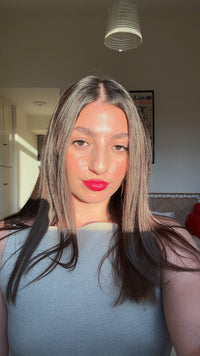
by Jenna Curcio
You’ve got something big coming up...and boom. A pimple. Truly never a good time for them to pop up, unless of course you're dying to get some use out of a new pack of pimple patches.
Whether it’s a whitehead, something deeper, or full-on severe acne, breakouts happen. It’s a common skin condition — and yes, there are ways to manage it fast without going overboard.
Let’s break it down: why pimples pop up, how to treat them quickly, and what to skip so you don’t make it worse.
First: What’s Going On Under the Surface?
Most breakouts — including severe acne — start the same way: pores clogged with dead skin cells, oil, or bacteria. It’s your skin reacting to a shift. It could be hormonal, stress-related, or even a new product.
When that buildup gets trapped, inflammation follows. That’s when you get whiteheads, blackheads, or deeper spots like cystic acne.
Since acne is such a common skin condition, learning how to respond (not overreact) is key to building trust with your skin.
Spot the Type of Acne You’re Dealing With
Before reaching for a product, figure out what kind of breakout it is:
-
Whiteheads: Small, closed bumps. Usually short-lived.
-
Blackheads: Open pores filled with oxidized oil.
-
Cystic acne: A deeper form of severe acne. These bumps don’t always come to the surface and tend to stick around longer.
-
Hormonal acne: Often shows up on the jawline during hormonal shifts.
-
Fungal acne: Tiny, itchy bumps—technically not acne but can look similar.
Knowing the type helps you pick the right acne treatment — and avoid ones that won’t do much.

ASAP Pimple Fixes (Because You’ve Got Plans)
Let’s get to the good part.
1. Ice It
Got a red, angry zit? Ice is your day-one.
-
Wrap it in a clean cloth
-
Press on the spot for 1–2 mins
-
Repeat when needed
Not a cure, but def helps bring the swelling down fast.
2. Spot Treat Smart
Go for ingredients that actually work:
-
Benzoyl peroxide = kills acne bacteria
-
Salicylic acid = deep pore cleanup
-
Sulfur = oil + whitehead control (reach for ours! It’s a fan fave)
Benzoyl peroxide hits hard, so go easy if your skin’s sensitive.
3. Stick On a Pimple Patch
A real-life cheat code.
-
Hydrocolloid draws out gunk
-
Salicylic acid patches calm deeper zits
Plus, they stop you from picking.
4. Warm Compress It
For whiteheads or surface stuff:
-
Use a warm (not hot) clean cloth
-
Hold for 5–10 mins, 1–2x a day
Helps speed things up
What Not to Do:
-
Don’t pick. You’ll regret it.
-
Don’t pile on harsh stuff. Go with a chill, targeted approach.
-
Don’t skip moisturizer. Balanced skin = happy skin.
-
Don’t use stripping cleansers. Barrier care is the real MVP.
Real Talk
Pimples are bound to happen. It’s a fact of life. The key? Knowing what your skin’s asking for right now.
This isn’t about overnight perfection — it’s about steady progress and not stressing the small stuff. You got this!
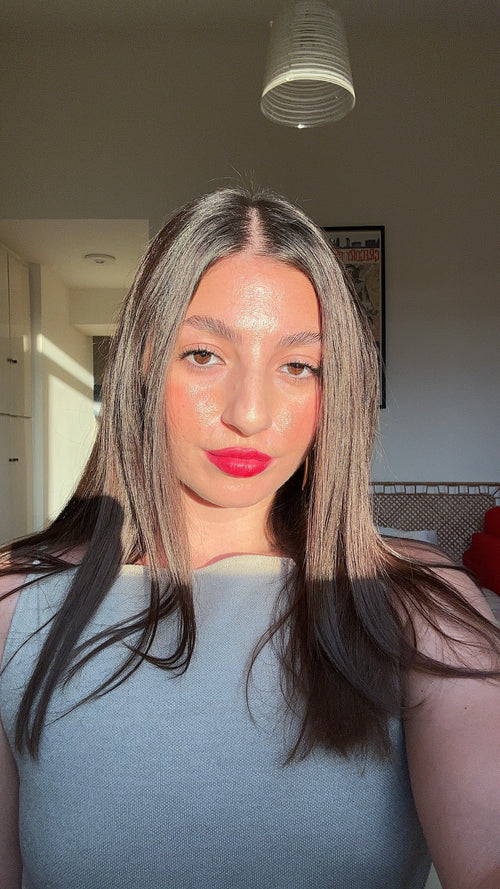
Author
Jenna Curcio
Ciao, I’m Jenna :) I’m a writer and brand strategist with 6+ years of experience telling stories in the beauty world — both professionally and personally. After years of dealing with acne, I know how overwhelming and emotional the skincare journey can be. I’m here to make it feel a little less confusing and a lot more human.



